Best camps and lodges for birdwatching in Tanzania
The changes suggested by ongoing research make listing an exact number of endemics difficult. Some sources suggest around 22-23, whilst others split into sub-species and suggest as many as 34. A handful of spectacular endemic birds that most sources agree on include: the Udzungwa forest-partridge; Mrs Moreau's warbler; Loveridge's sunbird; and the Usambara eagle-owl.
Birding in Tanzania is not only recommended for endemism. Over 1000 species have been recorded here and birders in Tanzania will love the range of environments and the sheer variety of birds to be seen on a safari holiday. For some of the best lodges and areas for birdwatching in Tanzania, see our ideas below.
Jackal Fly-in Safari
8 days • 2 locations
DAR ES SALAAM AIRPORT TO DAR ES SALAAM AIRPORT
US$10,460 - US$12,080 per person
Beho Beho
Nyerere National Park is a good park for to visit on a birdwatching trip to Tanzania. During our visit in 2019 we saw white-fronted bee-eater, a beautiful hoopoe, a bat hawk, crested guinea fowl, a Verreaux eagle owl and a vibrant red bishop.
Ikuka Safari Camp
Ruaha National Park is a paradise for birdwatching in Tanzania. More than 580 species have been recorded in the park and visitors could well spot a hundred or so different species in a single day. Ikuka’s lofty location is perfect to watch raptors soaring above the plains.
Caraway Beach Holiday
5 days • 1 location
DAR ES SALAAM AIRPORT TO DAR ES SALAAM AIRPORT
US$5,680 - US$5,680 per person
Fanjove Lodge
From November onwards, Fanjove receives hundreds of migratory birds to the island, which will be a fascinating site for any keen birder in Tanzania.
Spotted Hyena Fly-in Safari
7 days • 2 locations
DAR ES SALAAM AIRPORT TO DAR ES SALAAM AIRPORT
US$6,660 - US$8,660 per person
Sand Rivers Camp
Nyerere National Park is a great park for a wide variety of bird species. When we were here last, we saw different species of kingfisher, hornbills and a great deal more. The Sand Rivers hide is a fantastic place to camp out for a few hours and observe these birds.
Dwarf Mongoose Fly-in Safari
6 days • 2 locations
DAR ES SALAAM AIRPORT TO DAR ES SALAAM AIRPORT
US$4,810 - US$5,320 per person
Mdonya Old River Camp
Ruaha's position at the centre of Tanzania, north of Selous but south of most of Tanzania's other parks, gives it an interested cross section of birds; a fascinating park for birdwatching in Tanzania.
Topi Fly-in Safari
7 days • 2 locations
DAR ES SALAAM AIRPORT TO DAR ES SALAAM AIRPORT
US$7,420 - US$7,420 per person
Siwandu
With a wonderful location on the river, birdwatching around Siwandu is great. The guides are knowledgeable and there’s a wide variety of species. We had no problems sighting European rollers, hoopoes, fish eagles and hammerkops, amongst many others.
Firefinch Drive-Fly Safari
9 days • 3 locations
KILIMANJARO AIRPORT TO KILIMANJARO AIRPORT
US$7,720 - US$14,200 per person
Oliver's Camp
Tarangire National Park is the best park for birdwatching in Tanzania. Avid bird watchers will enjoy sitting in the central mess tent at Oliver's where you might spot flycatchers, superb starlings, morning thrushes, and even a pair of yellow-winged bats.
Tinkerbird Fly-in Safari
8 days • 4 locations
KILIMANJARO AIRPORT TO KILIMANJARO AIRPORT
US$10,410 - US$14,140 per person
Oliver's Camp
Tarangire National Park is the best park for birdwatching in Tanzania. Avid bird watchers will enjoy sitting in the central mess tent at Oliver's where you might spot flycatchers, superb starlings, morning thrushes, and even a pair of yellow-winged bats.
Marabou Stork Fly-in Safari
13 days • 5 locations
KILIMANJARO AIRPORT TO DAR ES SALAAM AIRPORT
US$19,410 - US$25,560 per person
Oliver's Camp
Tarangire National Park is the best park for birdwatching in Tanzania. Avid bird watchers will enjoy sitting in the central mess tent at Oliver's where you might spot flycatchers, superb starlings, morning thrushes, and even a pair of yellow-winged bats.
Martial Eagle Fly-in Safari
9 days • 3 locations
NAIROBI AIRPORT TO KILIMANJARO AIRPORT
US$12,720 - US$17,740 per person
Rekero
Kenya birdwatching is good here for the variety of habitats in the vicinity. Birders will enjoy the privacy of the tent veranda areas with uninterrupted views across the rocky valley of the Talek River.
Turaco Safari
12 days • 4 locations
DAR ES SALAAM AIRPORT TO DAR ES SALAAM AIRPORT
US$6,190 - US$6,830 per person
Mdonya Old River Camp
Ruaha's position at the centre of Tanzania, north of Selous but south of most of Tanzania's other parks, gives it an interested cross section of birds; a fascinating park for birdwatching in Tanzania.
1 of
Best camps & lodges for Birdwatching in Tanzania

Rubondo Island Camp
The birdlife around Rubondo Island Camp is excellent, making this one of the best places for birdwatching in Tanzania. Boat trips are particularly special, with the appropriately named Bird Island particularly impressive: numerous storks, fish eagles, African darters and egrets.
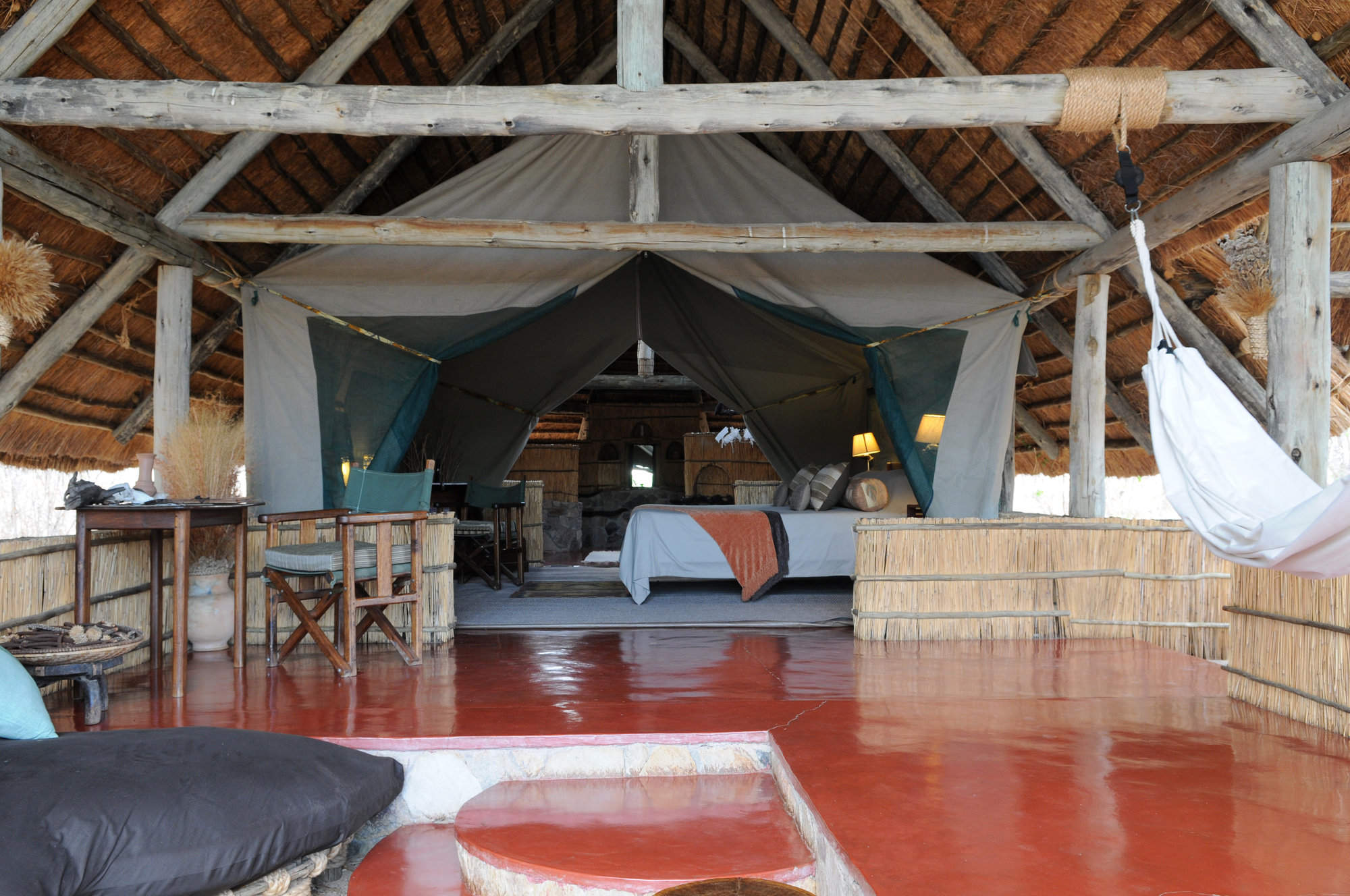
Mwagusi Safari Camp
Ruaha's position at the centre of Tanzania gives it an interesting cross section of birds – and makes it a fascinating park for birdwatching in Tanzania. Early-morning bird-walks are a very popular activity at the camp to catch the dawn chorus with a guide before breakfast.
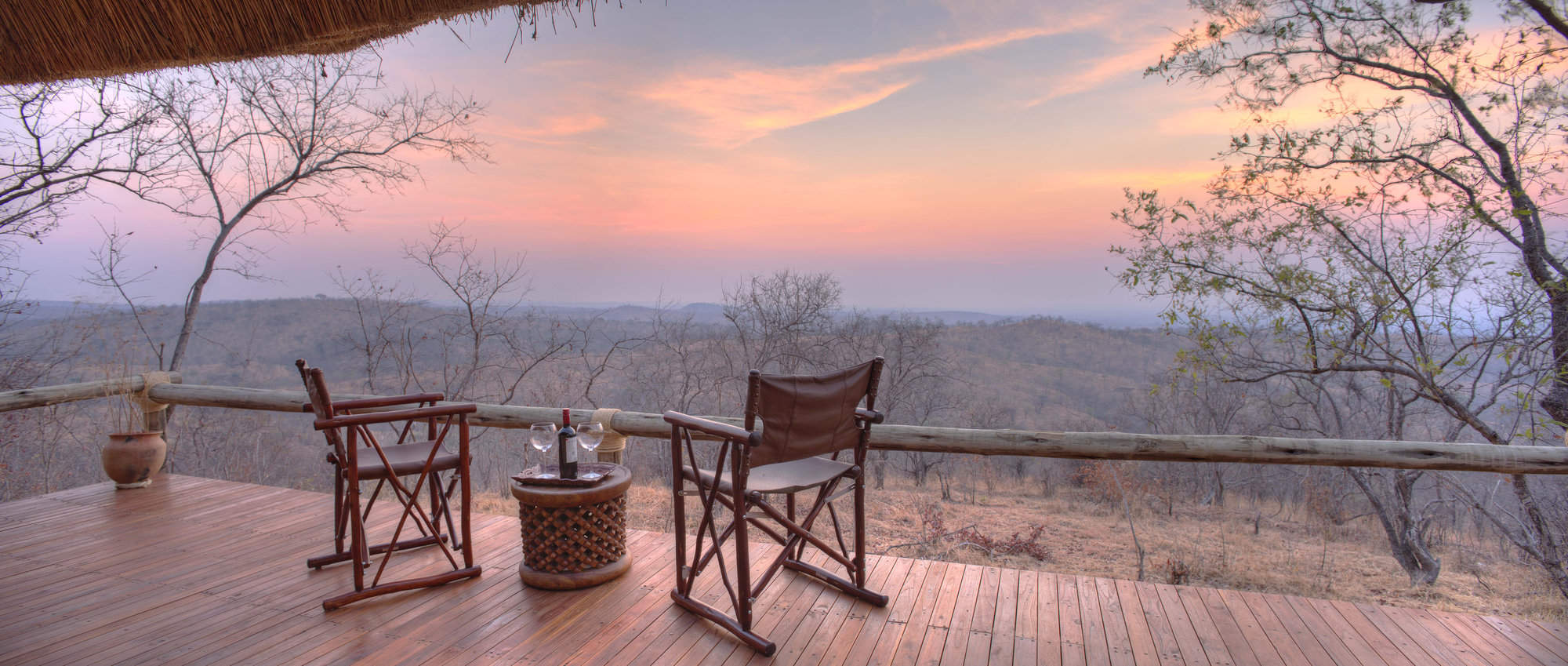
Ikuka Safari Camp
Ruaha National Park is a paradise for birdwatching in Tanzania. More than 580 species have been recorded in the park and visitors could well spot a hundred or so different species in a single day. Ikuka’s lofty location is perfect to watch raptors soaring above the plains.

Sand Rivers Camp
Nyerere National Park is a great park for a wide variety of bird species. When we were here last, we saw different species of kingfisher, hornbills and a great deal more. The Sand Rivers hide is a fantastic place to camp out for a few hours and observe these birds.
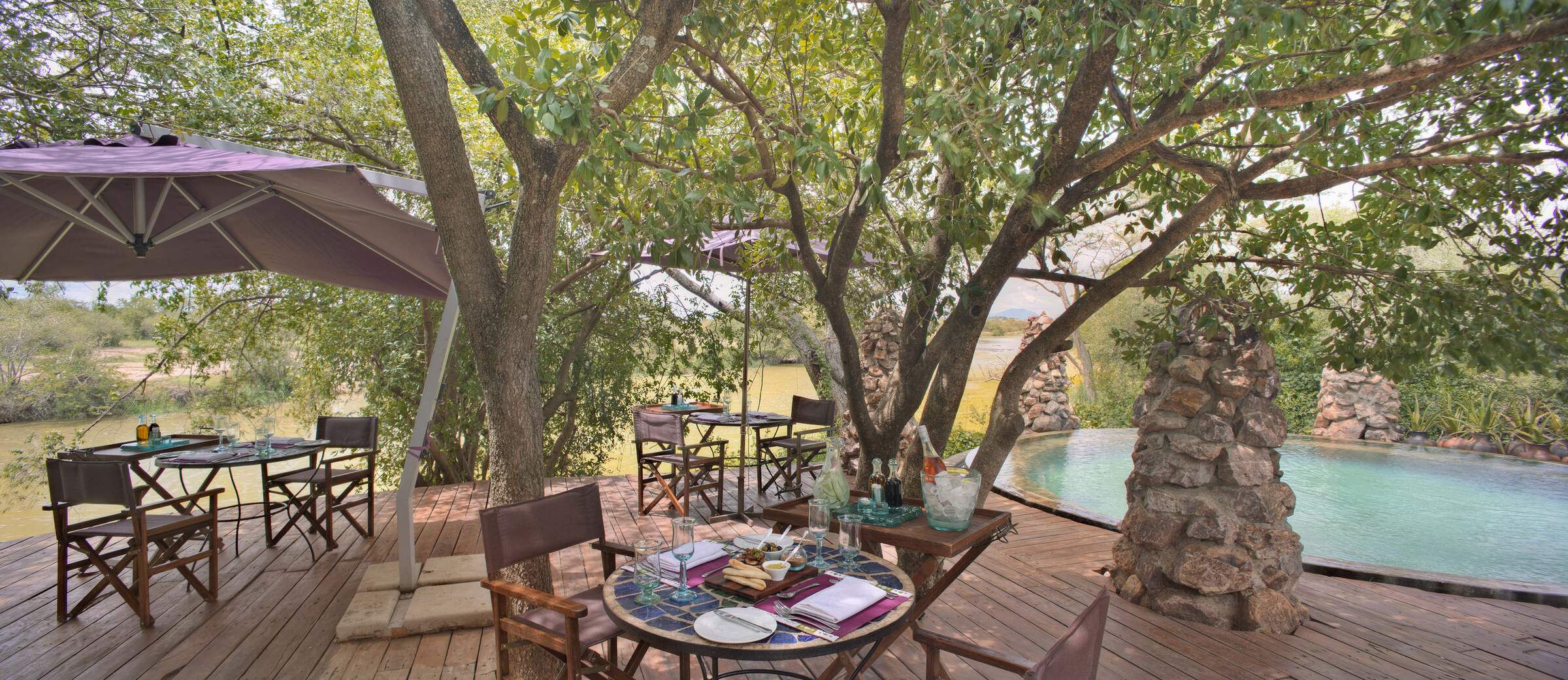
Grumeti River Camp
Over 360 bird species have been recorded in the Serengeti’s western corridor; and six are endemic to the Serengeti Plains. The black-headed gonolek, silverbird, Fischer’s lovebird and grey-breasted spurfowl will particularly appeal to birdwatchers in Tanzania.
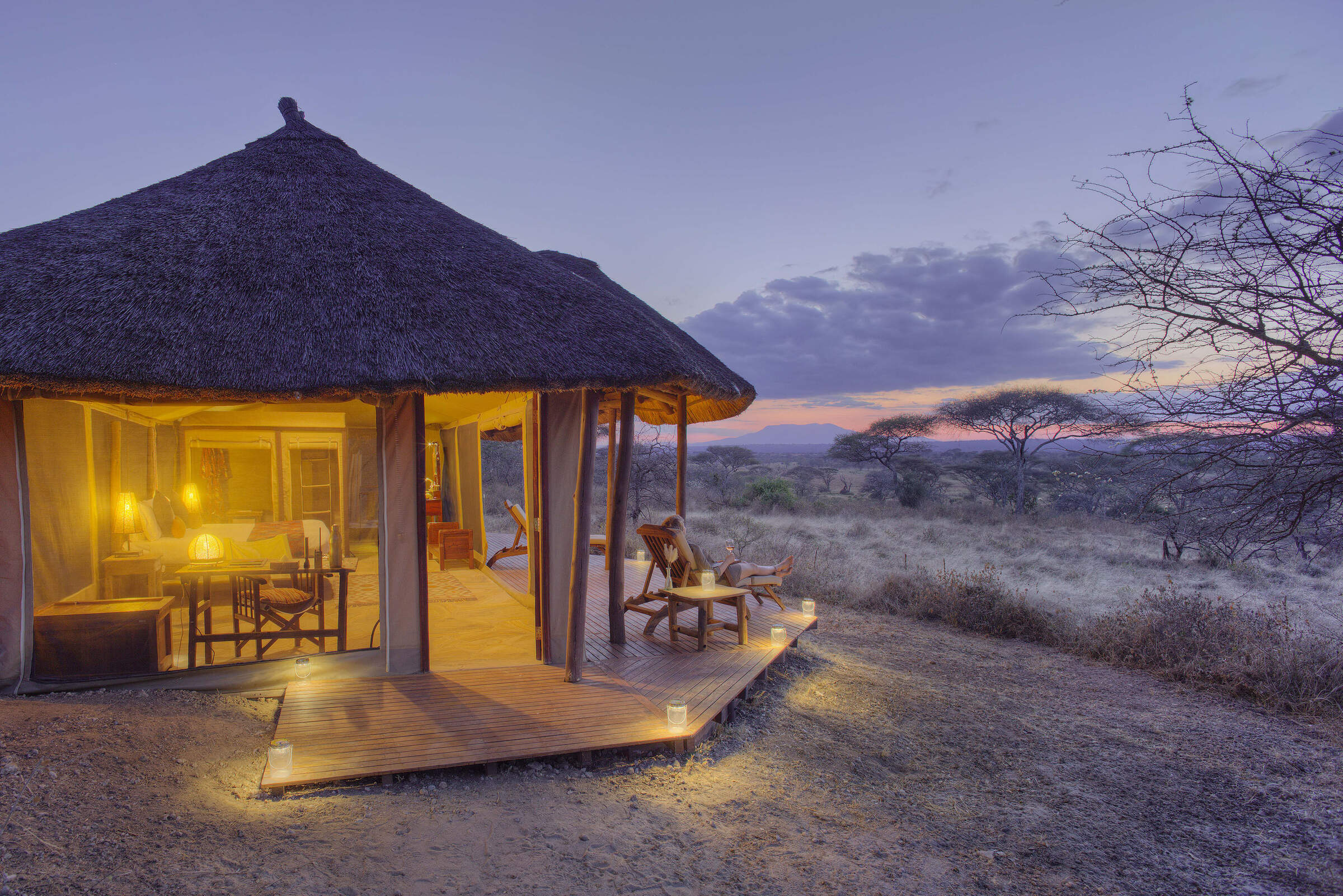
Oliver's Camp
Tarangire National Park is the best park for birdwatching in Tanzania. Avid bird watchers will enjoy sitting in the central mess tent at Oliver's where you might spot flycatchers, superb starlings, morning thrushes, and even a pair of yellow-winged bats.
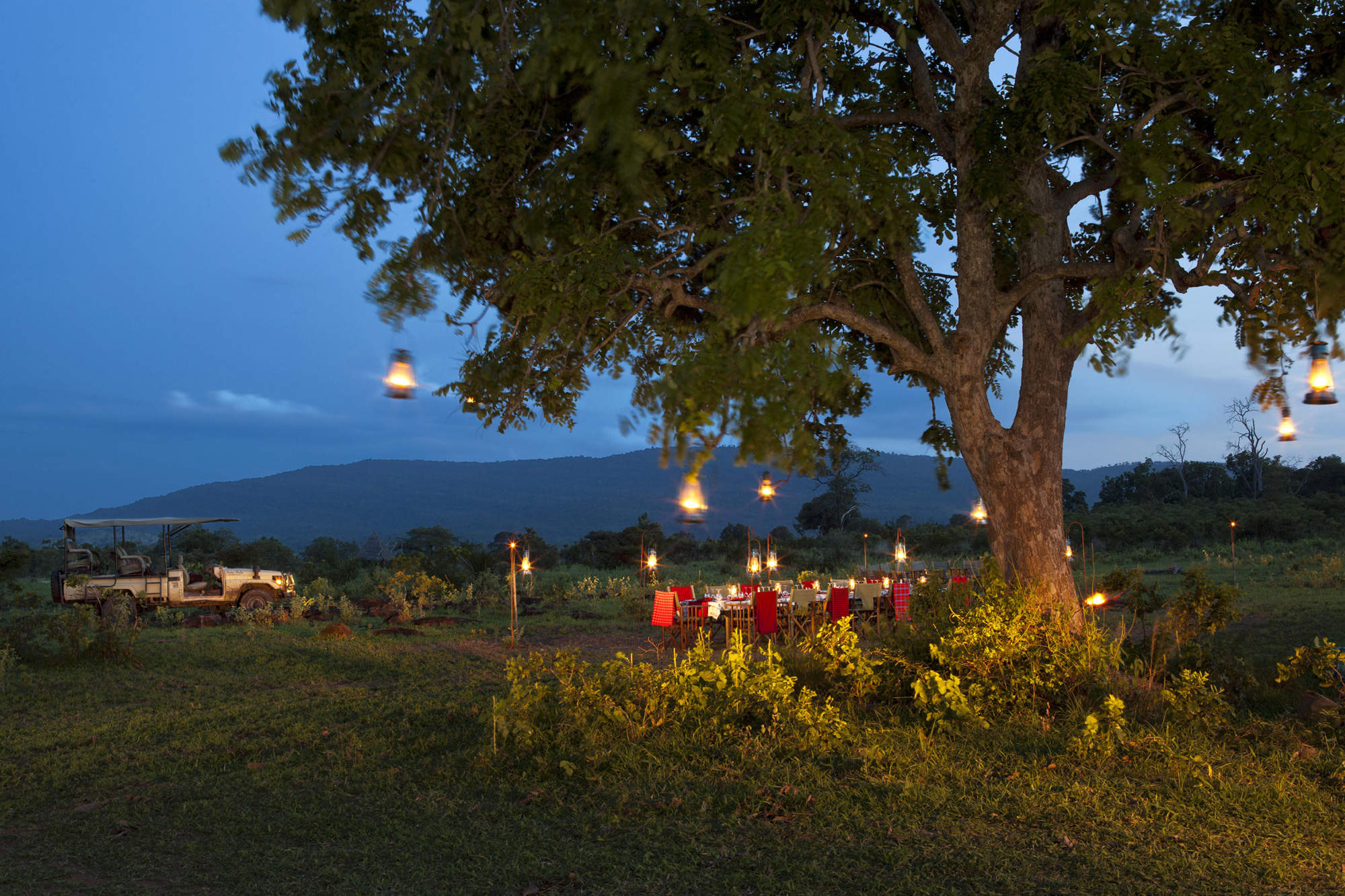
Beho Beho Tree-house
The guides here are real experts on the birdlife, and the Selous is a great area for birdwatching in Tanzania. With waterbirds in the floodplains and lakes around the Rufiji River and dry-country raptors in the Beho Beho Hills, there’s good variety here.
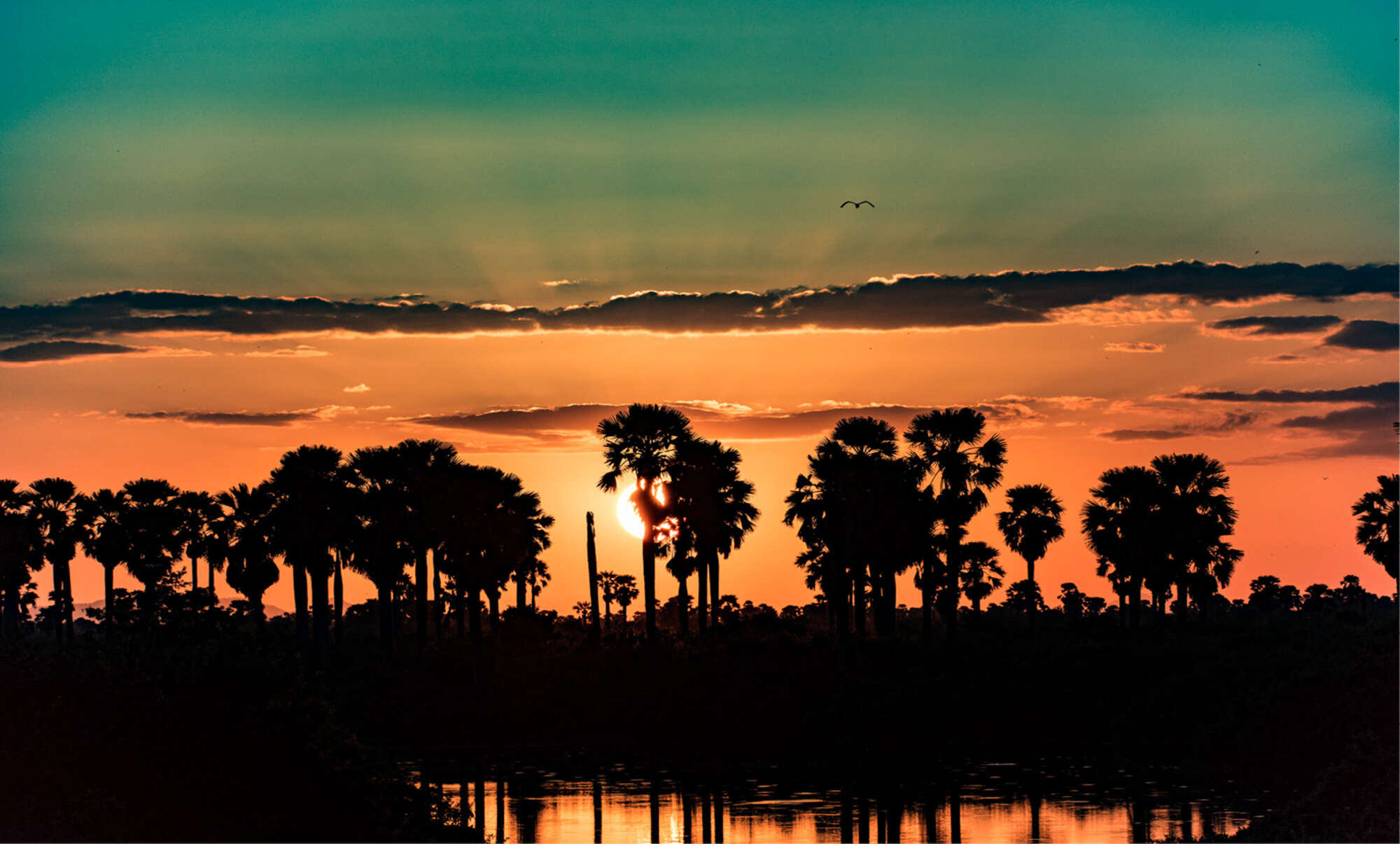
Impala Camp
While birdwatching in Nyerere National Park on our last visit to Impala Camp we spotted malachite kingfishers and regal African fish eagles. We were also fortunate enough to see dozens of carmine bee-eaters building their nests in the river’s banks.

Siwandu
With a wonderful location on the river, birdwatching around Siwandu is great. The guides are knowledgeable and there’s a wide variety of species. We had no problems sighting European rollers, hoopoes, fish eagles and hammerkops, amongst many others.
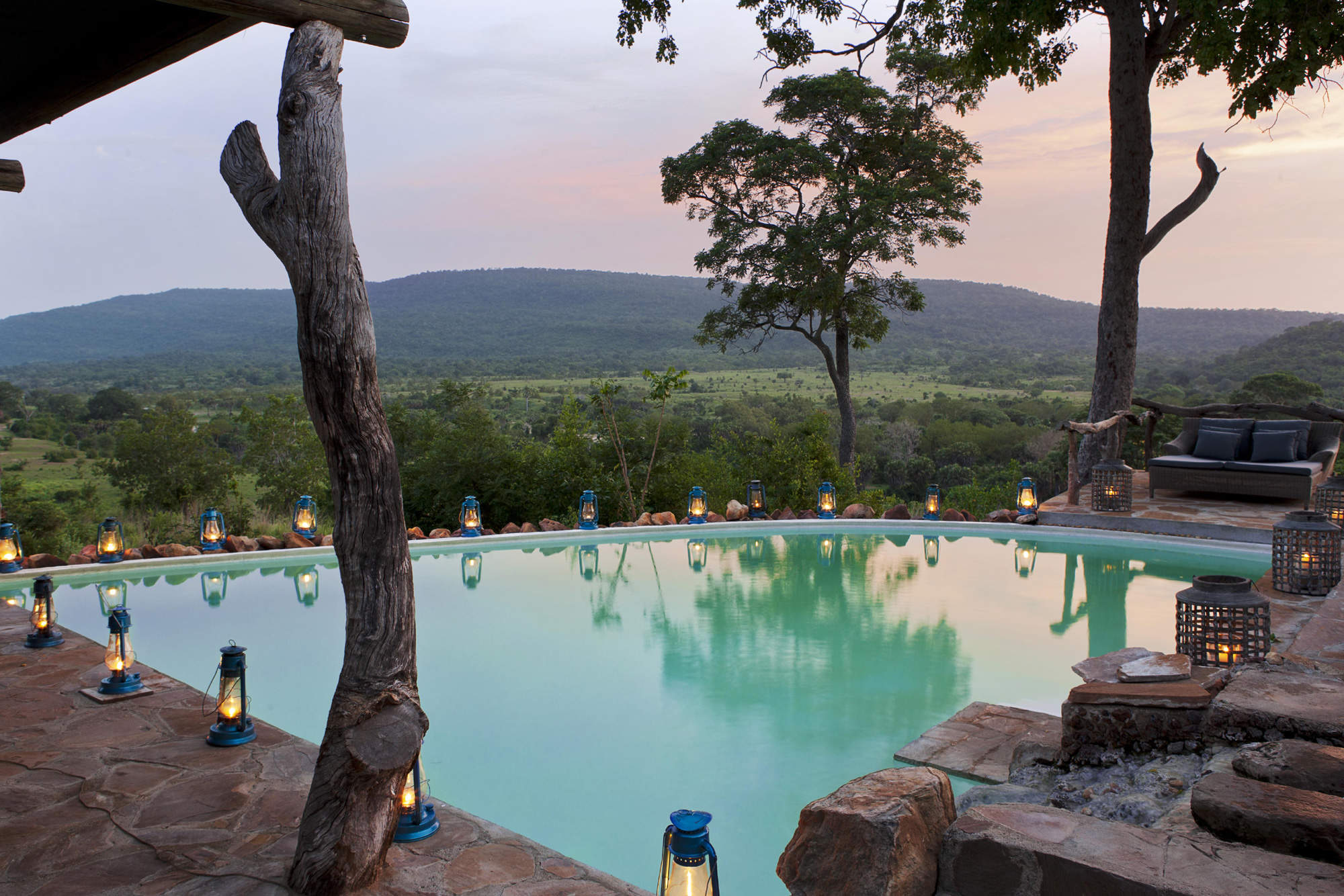
Beho Beho
Nyerere National Park is a good park for to visit on a birdwatching trip to Tanzania. During our visit in 2019 we saw white-fronted bee-eater, a beautiful hoopoe, a bat hawk, crested guinea fowl, a Verreaux eagle owl and a vibrant red bishop.
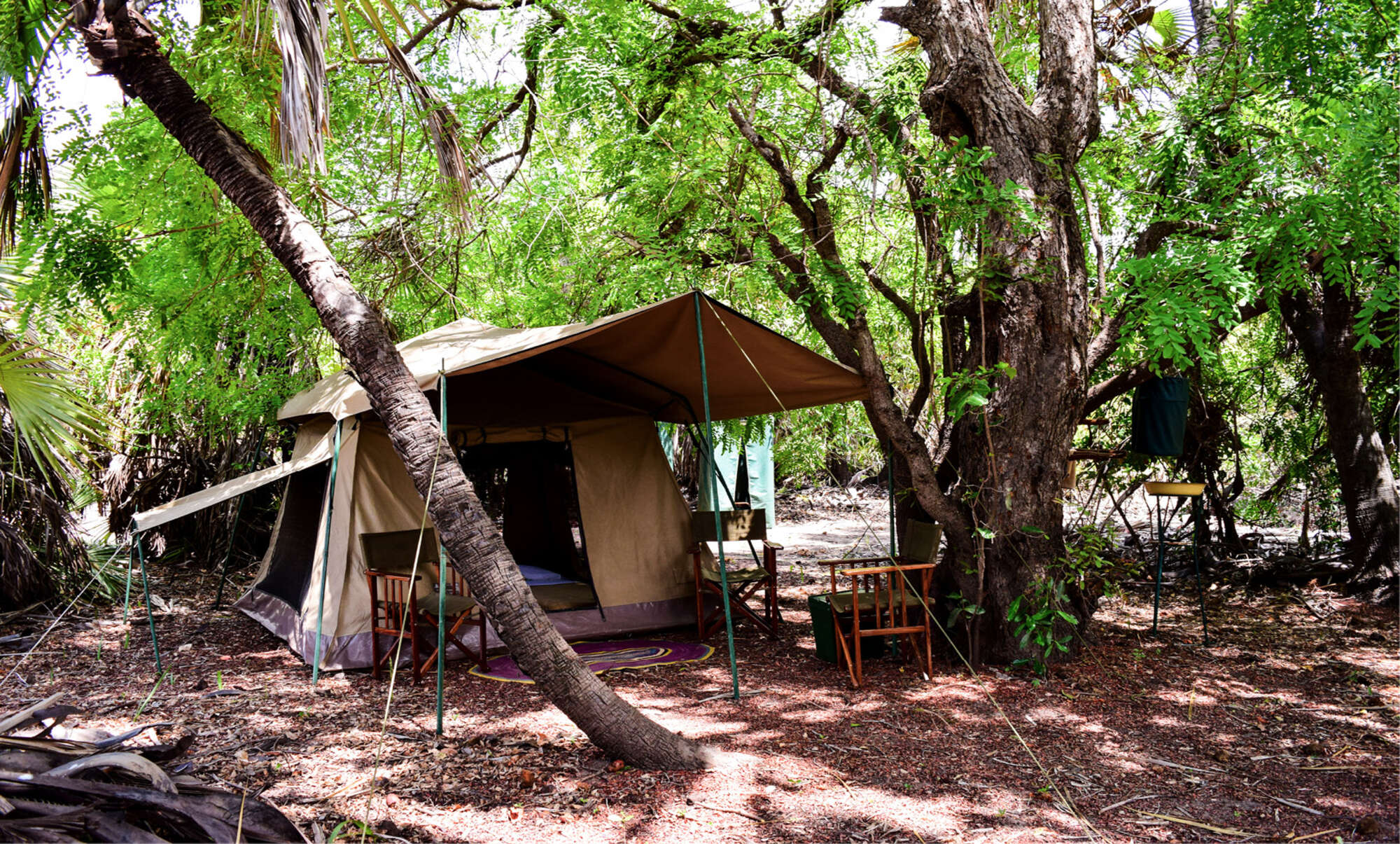
Impala fly-camping
Heading out fly-camping gives you the option of exploring deeper into the park to find a wider variety of bird-life. Whilst birdwatching in Nyerere National Park you may see a range of birds, from malachite kingfishers to African fish eagles.
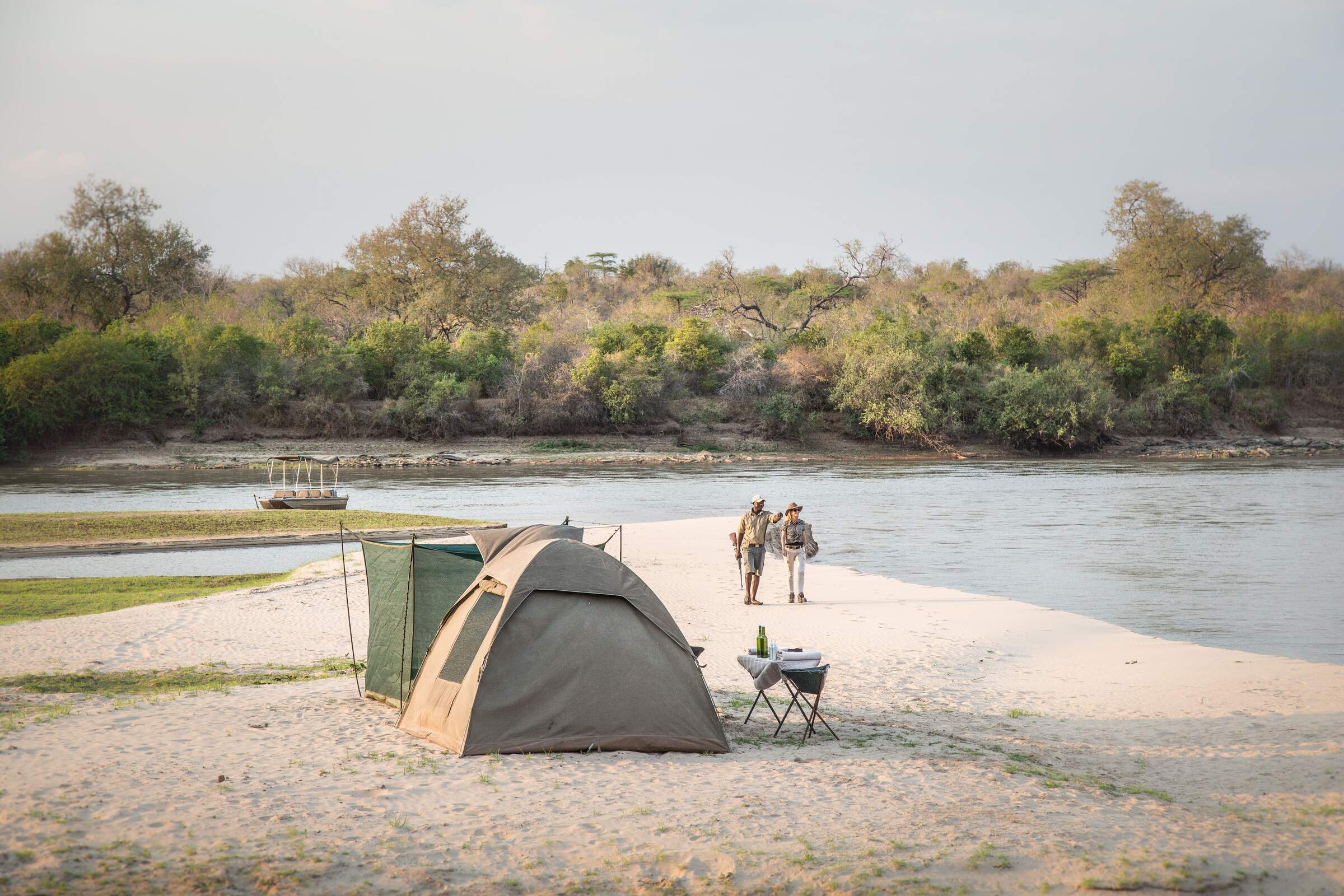
Sand Rivers fly-camp
Nyerere National Park is a great area for birdwatching in Tanzania - and these fly-camps deep in the bush, combined with walks around the fly-camp area, allow you to really experience Nyerere National Park and get to know the birdlife there.
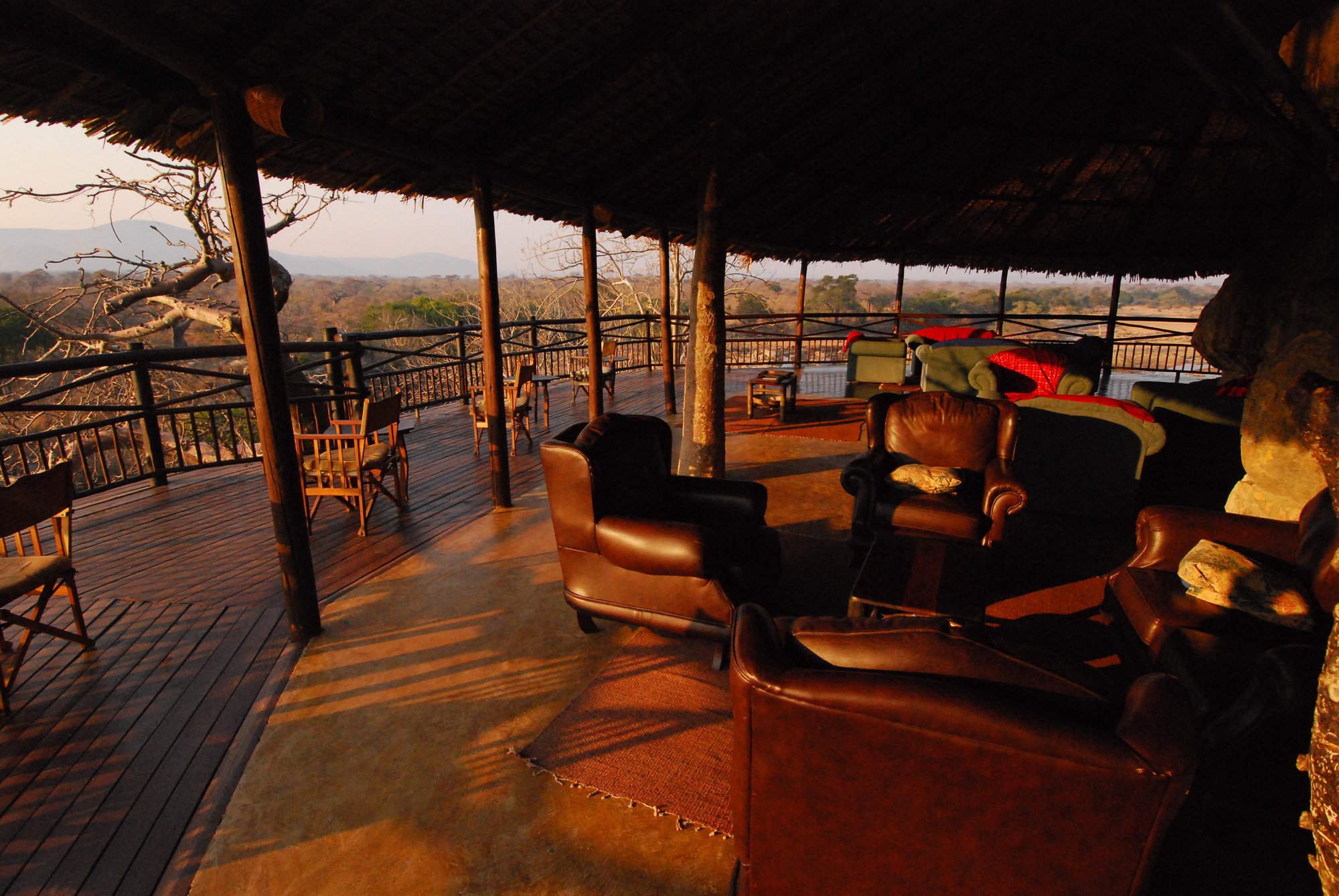
Ruaha River Lodge
Ruaha's position at the centre of Tanzania, west of the Selous Game Reserve and south of most of Tanzania' other parks, gives it an interesting cross-section of birds - and makes it a fascinating park for birdwatching in Tanzania.
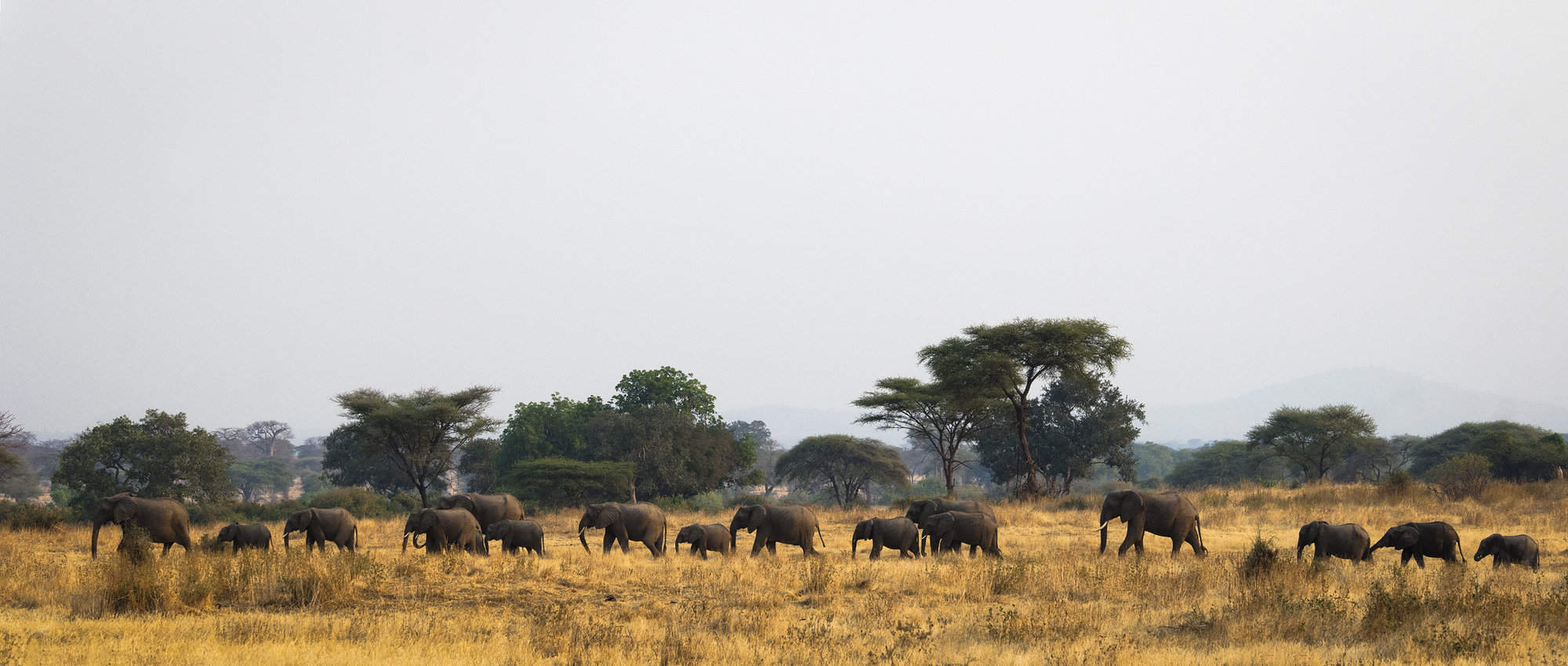
Rufiji River fly-camp
Nyerere National Park is a classic area for birdwatching in Tanzania, from the waterbirds found in the lakes and floodplains that surround the Rufiji River, to the dry-country raptors in the hills to the north.
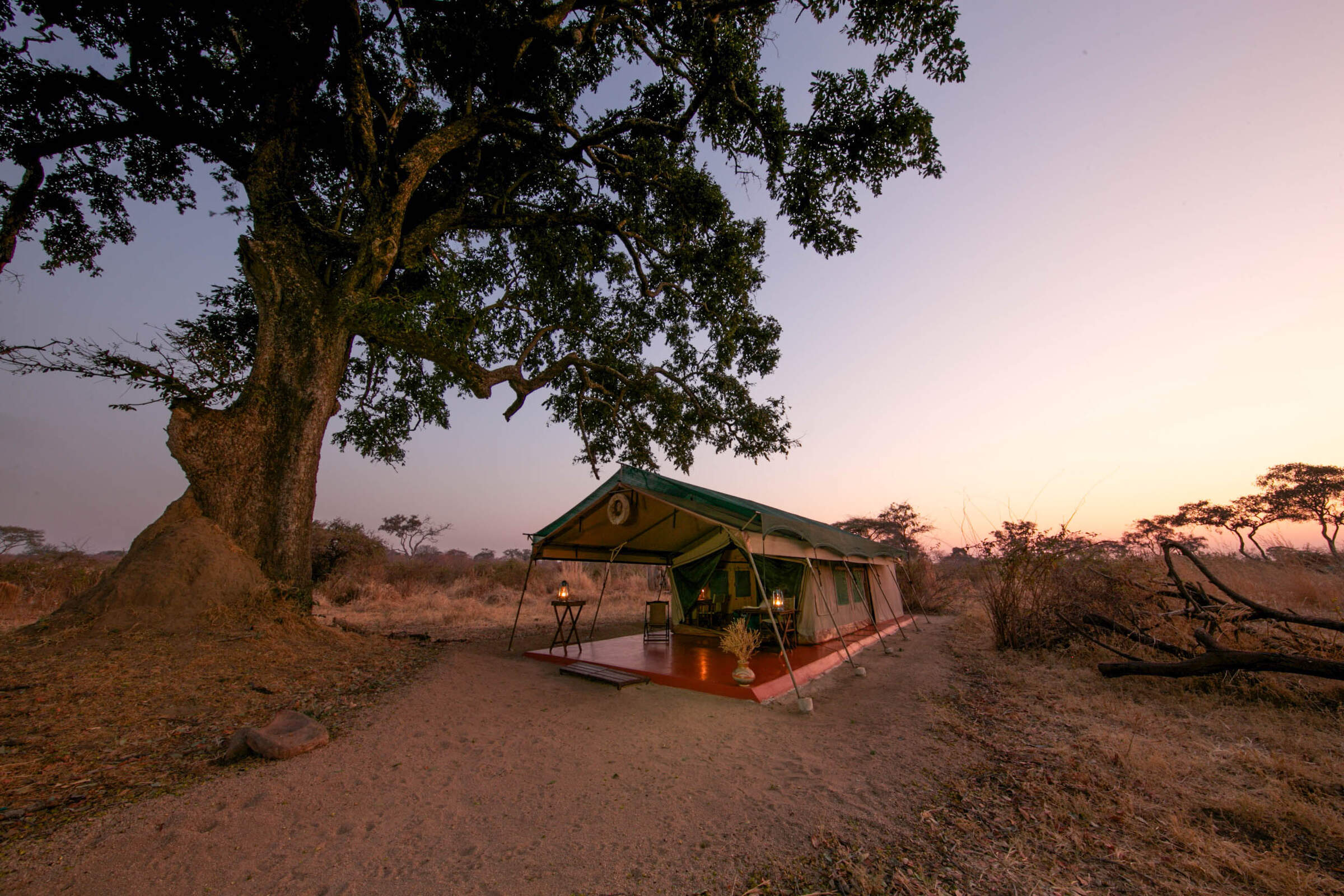
Mdonya Old River Camp
Ruaha's position at the centre of Tanzania, north of Selous but south of most of Tanzania's other parks, gives it an interested cross section of birds; a fascinating park for birdwatching in Tanzania.
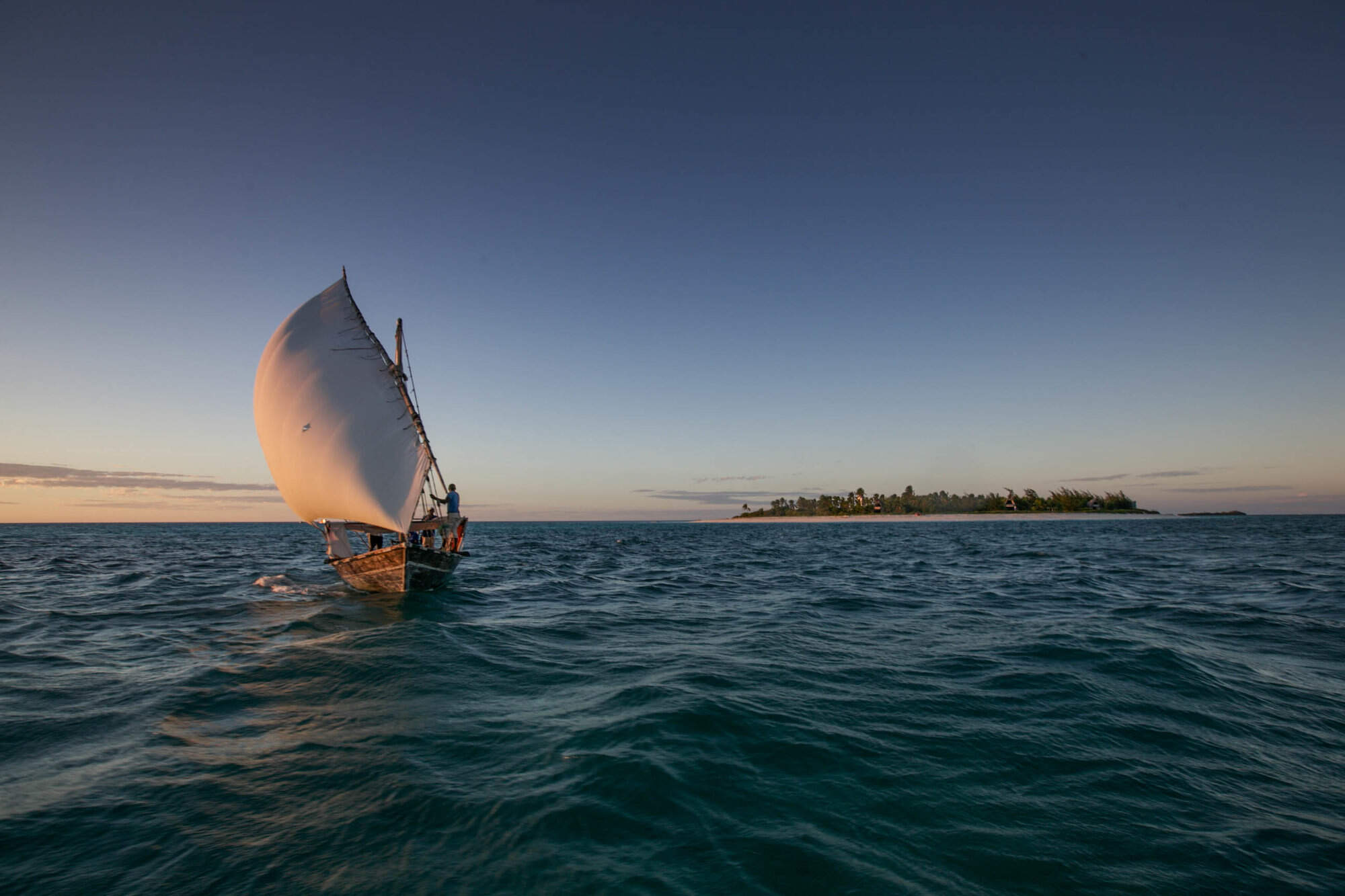
Fanjove Lodge
From November onwards, Fanjove receives hundreds of migratory birds to the island, which will be a fascinating site for any keen birder in Tanzania.
Birdwatching elsewhere in Africa
Our top ideas and inspiration for Birdwatching in other countries.

Botswana
Much of northern Botswana consists of vast tracts of untouched wilderness with plenty of wildlife...
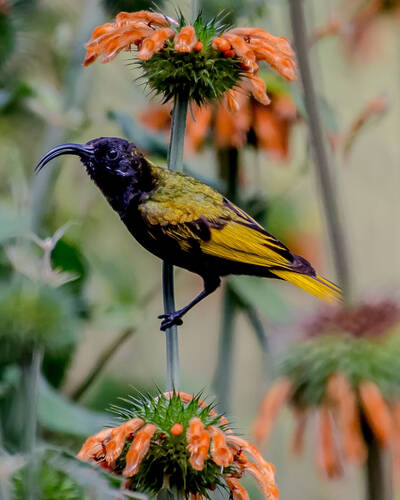
Kenya
Kenya is a prime destination for a birdwatching holiday at any time of year. Tremendous geographical ...
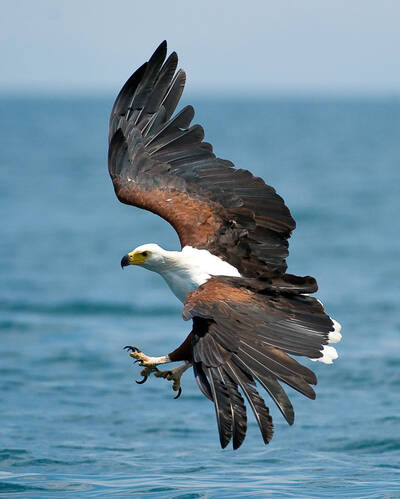
Malawi
Malawi has a number of species which are rare in the rest of Southern Africa, and birdwatching ...
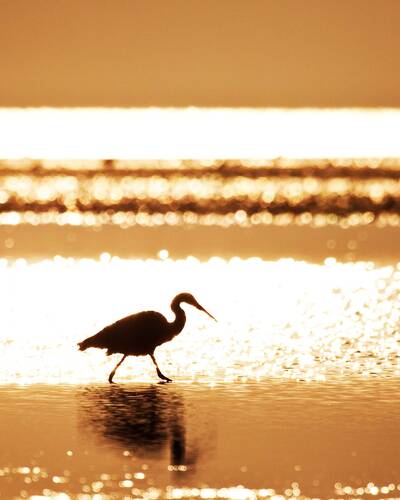
Mozambique
Mozambique stretches over 2000km from north to south. It is a lush and varied country, and birding ...
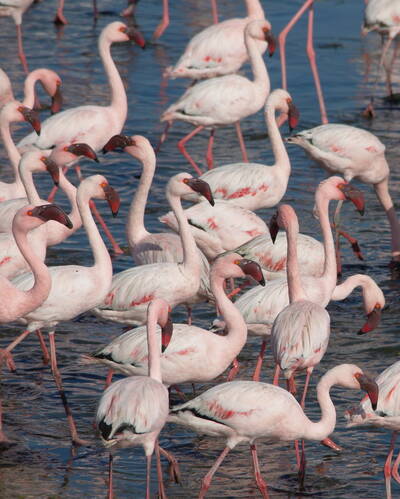
Namibia
The best time for bird watching in Namibia is during the rains - typically between around November ...
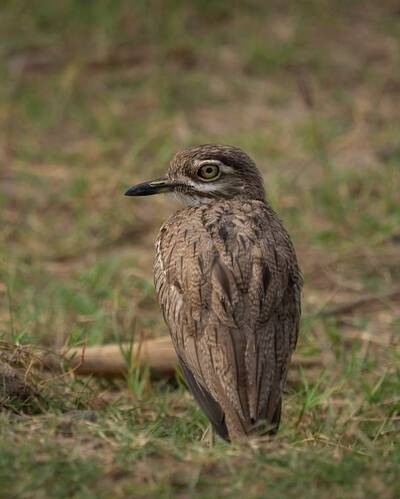
Rwanda
Birdwatching in Rwanda is somewhat overlooked in favour of gorilla-trekking trips. However, birdlife ...

Seychelles
The Seychelles is a disparate group of islands - some granitic; some coralline - scattered around ...

South Africa
South Africa has the highest number of endemic bird species in mainland Africa. Birding in the ...
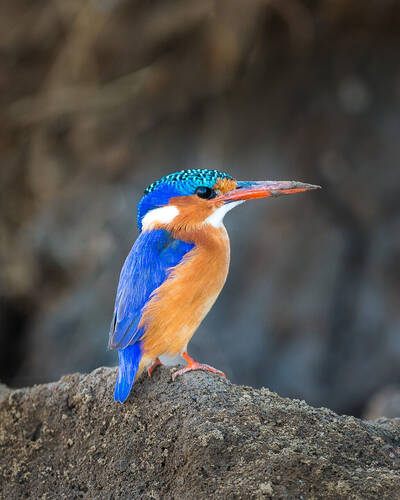
Zambia
Birdwatching in Zambia will reveal a mix of south, east and even central African birds. Birdlife ...
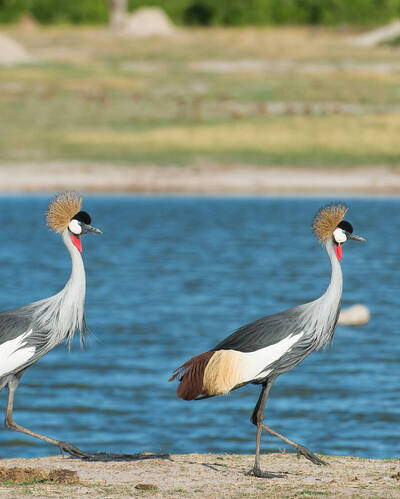
Zimbabwe
Whilst Zimbabwe doesn't have any endemics, it's still great for bird watching. A Zimbabwe holiday ...
Where to see wildlife species in Tanzania
Maximise the chances of seeing your favourite animals based on traveller sightings reports from the field.
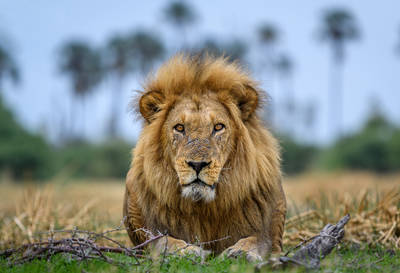
Lion
Panthera leo
Lions are at the top of the food chain and also most safari wish-lists, but with their numbers falling fast, any encounter with these majestic apex predators always feels like a privilege.
81% SUCCESS
3,644 sightings from 4,499 observations
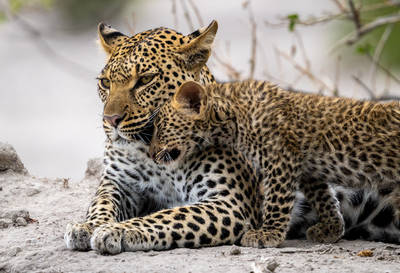
Leopard
Panthera pardus
The most numerous of Africa’s big cats, leopard occur across many habitats, from wild tracts to populated areas. Their grace and their elusive nature make them a unique safari drawcard.
47% SUCCESS
2,356 sightings from 4,996 observations
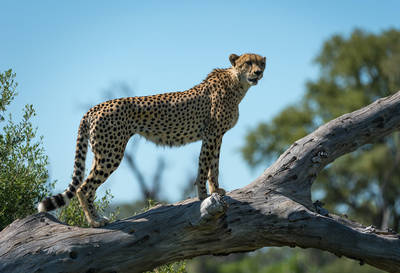
Cheetah
Acinonyx jubatus
The cheetah is the fastest land animal and the only cat that hunts by pure speed. Found largely in open grasslands, its slim, elegant form is today an increasingly rare sight.
34% SUCCESS
1,280 sightings from 3,817 observations
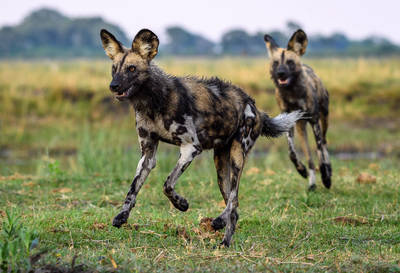
Wild dog
Lycaon pictus
African wild dogs are among the continent’s most compelling animals. Much misunderstood, these rare, tie-dyed canids are amazingly efficient hunters with a fascinating social life.
32% SUCCESS
1,043 sightings from 3,296 observations
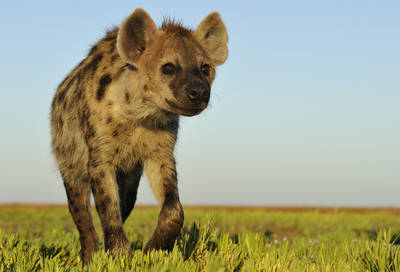
Spotted Hyena
Crocuta crocuta
The spotted hyena may be thought of as ‘ugly’ and ‘cowardly’. In fact, this versatile and intelligent carnivore is one of Africa’s most fascinating and warrants attention on any safari.
55% SUCCESS
2,610 sightings from 4,756 observations
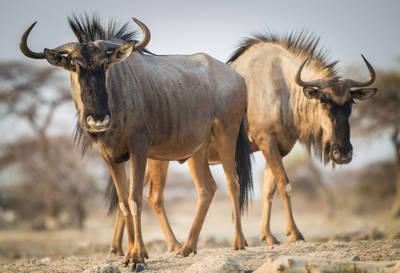
Wildebeest
Connochaetes sp.
Superficially bovine in appearance, wildebeests are known for their spectacular migrations sometimes in huge numbers. These resilient animals are some of Africa’s most successful herbivores.
68% SUCCESS
2,977 sightings from 4,406 observations
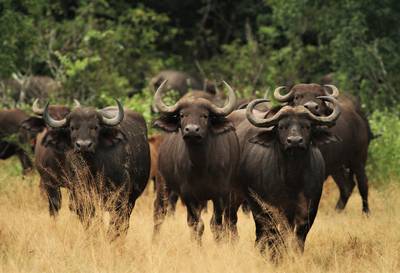
Buffalo
Syncerus caffer
One of the ‘Big Five’, buffalo earned a fearsome reputation in hunters’ tales. By contrast, big herds of these sociable bovids are placid, but mount formidable defences against predators.
83% SUCCESS
3,082 sightings from 3,714 observations
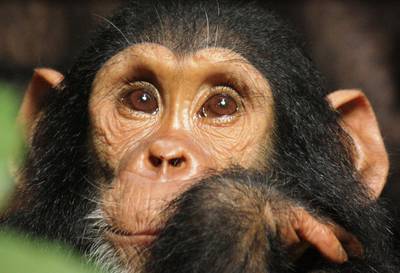
Chimpanzee
Pan troglodytes
The chimpanzee is our closest living relative. This highly intelligent great ape is a forest animal with a sophisticated social life. Any encounter in the wild is a memorable experience.
100% SUCCESS
28 sightings from 28 observations
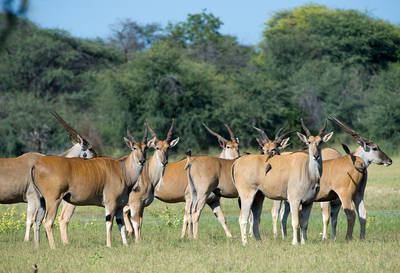
Eland
Taurotragus oryx
Africa’s largest antelope, eland are culturally important from prehistoric rock art to modern game farms. Though widespread, they are also shy so sightings are uncommon and often fleeting.
49% SUCCESS
1,753 sightings from 3,543 observations
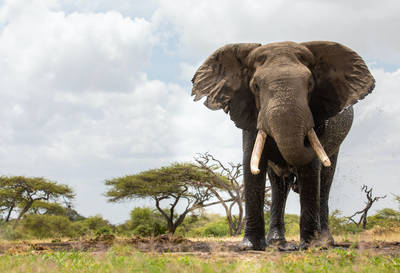
Elephant
Loxodonta africana
By far the biggest of the so-called Big Five – indeed, the largest land animal on the planet – the elephant shapes the very landscape it inhabits and is a defining presence on any safari.
91% SUCCESS
4,395 sightings from 4,828 observations

Oryx
Oryx sp.
Oryx are impressive antelopes, with a powerful physique and elegant markings set off by rapier-like horns. They cut a distinctive dash in some of Africa’s harshest landscapes.
69% SUCCESS
1,598 sightings from 2,302 observations
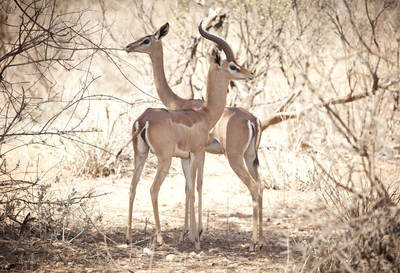
Gerenuk
Litocranius walleri
With its slender frame and extraordinarily long neck, this unmistakable East African antelope resembles an attenuated impala and often stands on its back legs browse high shrubs.
73% SUCCESS
113 sightings from 155 observations
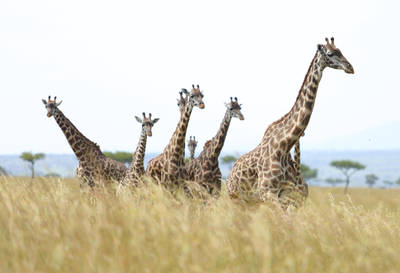
Giraffe
Giraffa camelopardalis
The world’s tallest land mammal, giraffes are herbivores which have evolved many unique adaptations. Their iconic outlines tower above the bush in many of Africa’s wildlife areas.
86% SUCCESS
4,251 sightings from 4,948 observations
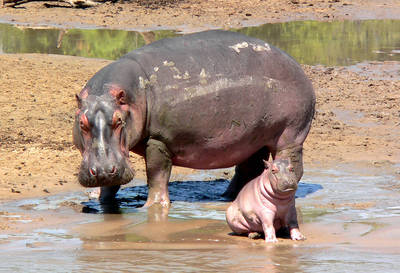
Hippo
Hippopotamus amphibius
The territorial calls of the hippo create a signature soundtrack to Africa’s rivers & wetlands. Despite an endearing smile, this aquatic herbivore has a notoriously aggressive disposition.
89% SUCCESS
3,205 sightings from 3,595 observations
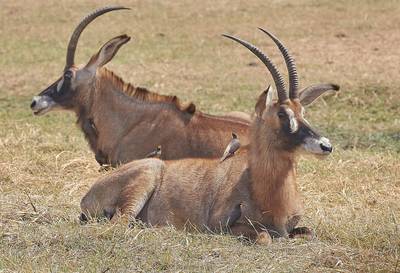
Roan antelope
Hippotragus equinus
Africa’s second largest antelope and one of its most handsome, with a powerful build and distinctive markings, roan are wary of people, but renowned for their bravery against predators.
25% SUCCESS
595 sightings from 2,411 observations
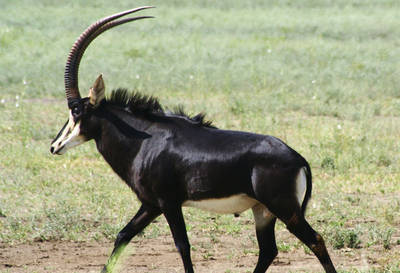
Sable antelope
Hippotragus niger
Perhaps Africa’s most beautiful antelope, sable are renowned for their combative nature, even holding off lions. Shy and restricted in range, sightings of sable are always special.
24% SUCCESS
574 sightings from 2,423 observations
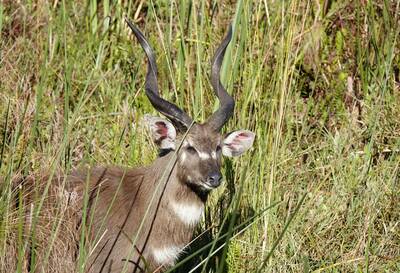
Sitatunga
Tragelaphus spekii
The sitatunga is the most aquatic of Africa’s antelopes and specially adapted to its swampy habitats. Though widespread across Africa, only a handful of places offer reliable sightings.
18% SUCCESS
73 sightings from 399 observations
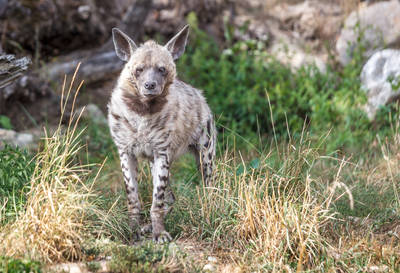
Striped Hyena
Hyaena hyaena
The striped hyena is the most widespread of the world’s hyenas, but absent from southern Africa. A rarely-seen nocturnal scavenger, it is shyer and more solitary than its spotted cousin.
13% SUCCESS
140 sightings from 1,087 observations
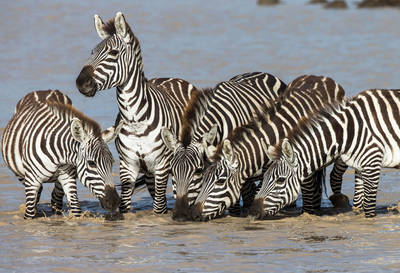
Zebra
Equus sp.
The zebra is a quintessential African animal: the horse in stripy pyjamas at the end of every child’s A–Z. There are three species, of which the plains zebra is much the most common.
84% SUCCESS
4,614 sightings from 5,484 observations
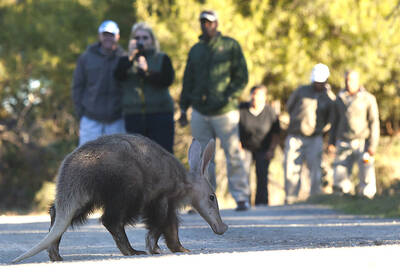
Aardvark
Orycteropus afer
The aardvark is one of Africa’s most bizarre and enigmatic animals. A shy, nocturnal termite-eater, signs of its presence may be scattered about the bush whilst sightings remain elusive.
2% SUCCESS
81 sightings from 3,951 observations

Pangolin
Smutsia sp.
Pangolins appear to be more pine cone than animal in their unique armoury of scales. These nocturnal, ant-eating oddities are not only highly elusive but also increasingly rare.
2% SUCCESS
68 sightings from 3,993 observations
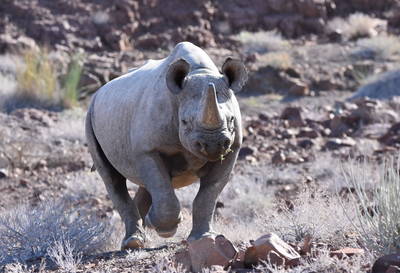
Black Rhino
Diceros bicornis
The black rhino is the smaller and rarer of Africa’s two rhino species but has the more fearsome reputation. Shy and heavily persecuted, it tends to stick to cover.
30% SUCCESS
751 sightings from 2,473 observations

Looking for inspiration on where to travel next?
Visit our trip chooser to explore your options and find inspiration for your perfect African adventure
Inspire meOther styles of holiday in Tanzania
Discover all that Tanzania has to offer
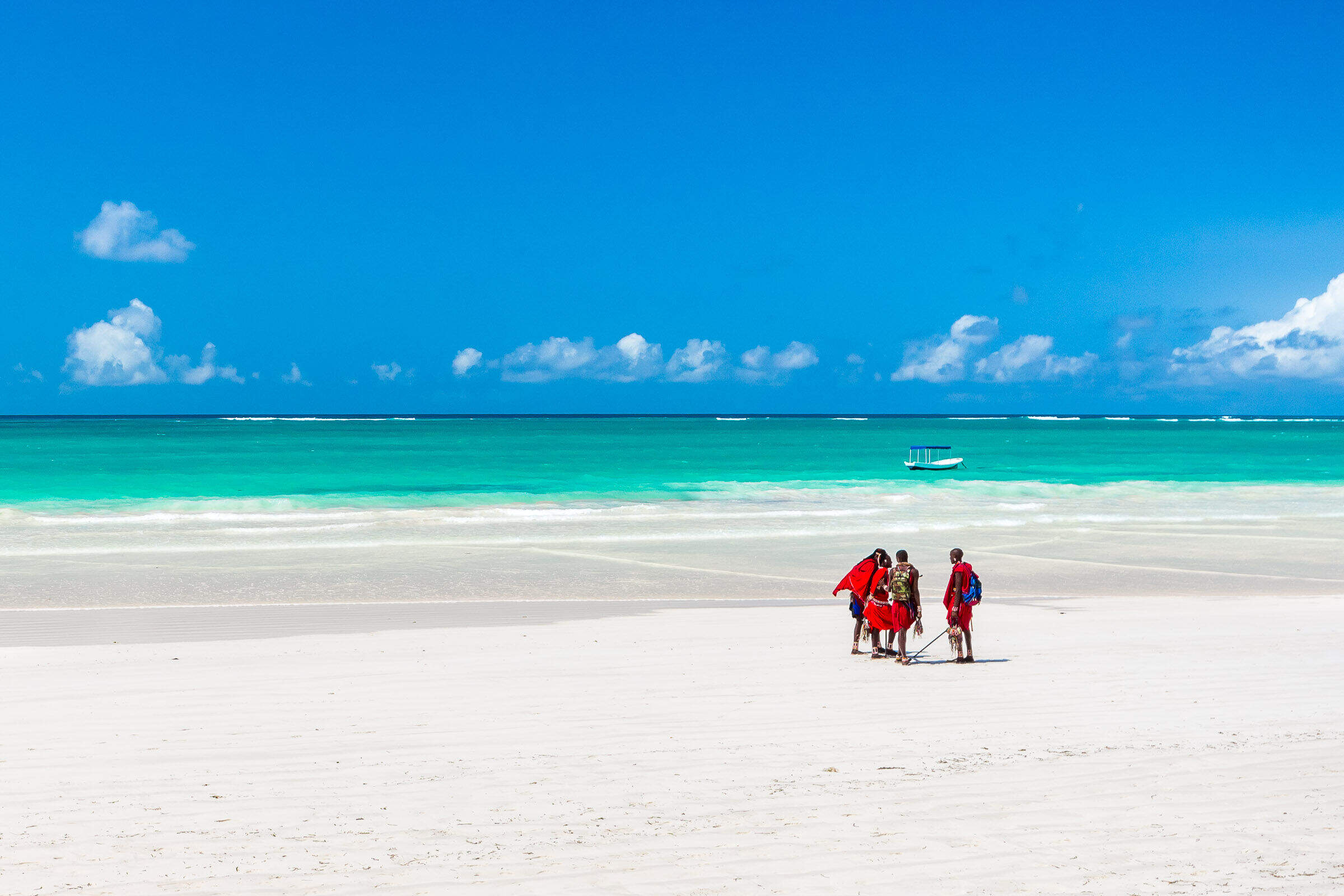
Beach holidays
Discover Africa's coast and tropical islands.
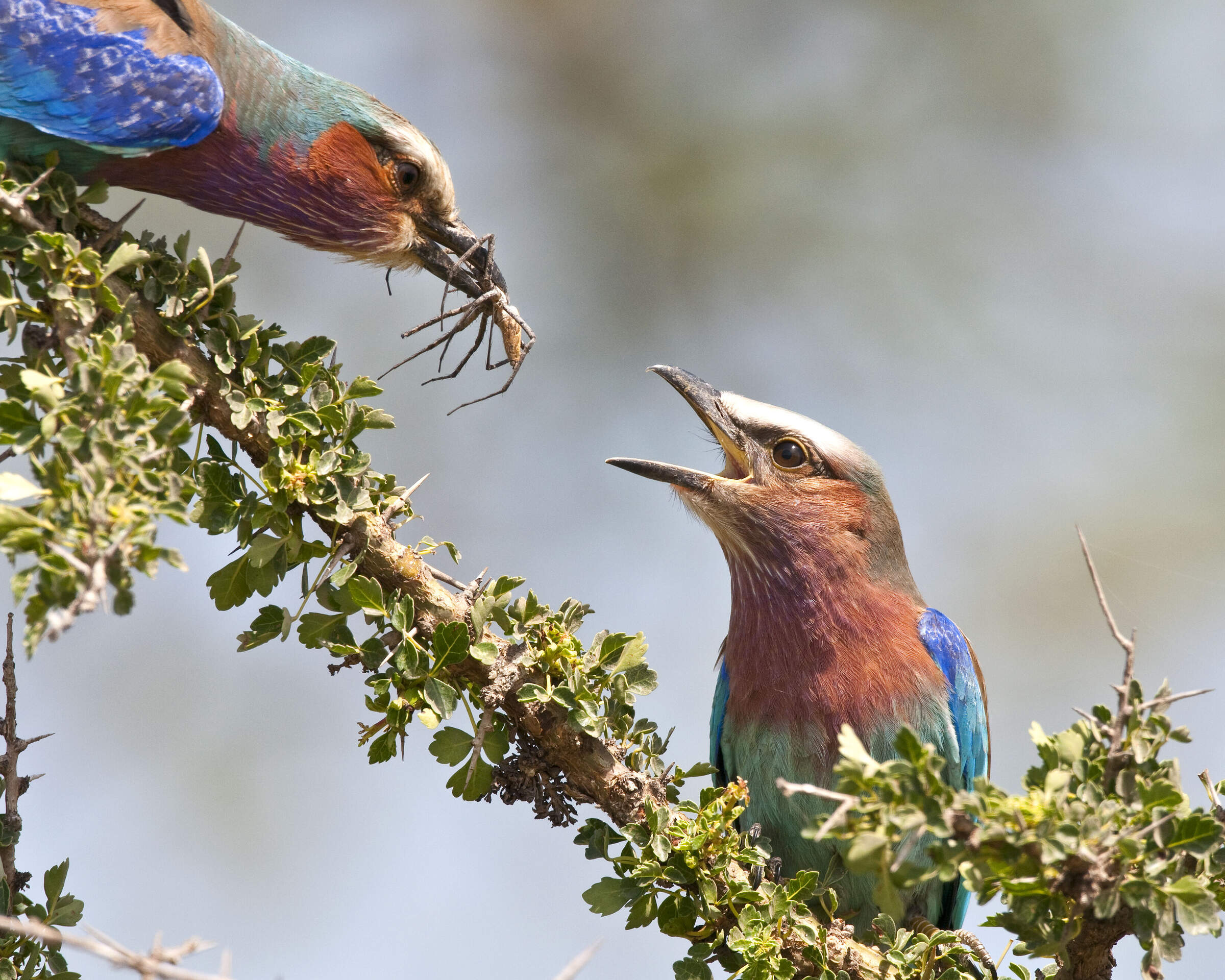
Birdwatching
Diverse habitats, discreet hides and superb guiding.
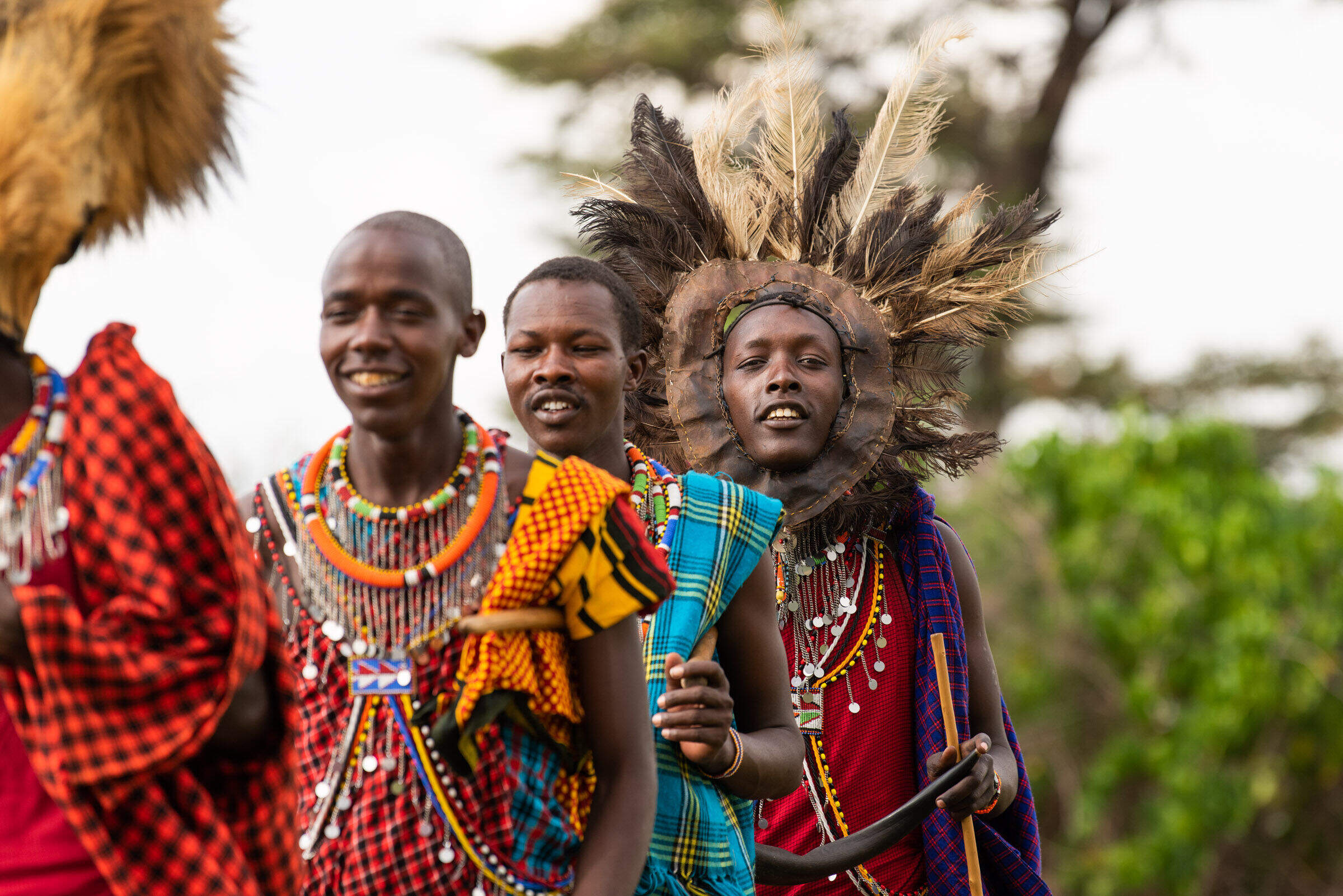
Cultural experiences
Get an insight into Africa's cultures and history.
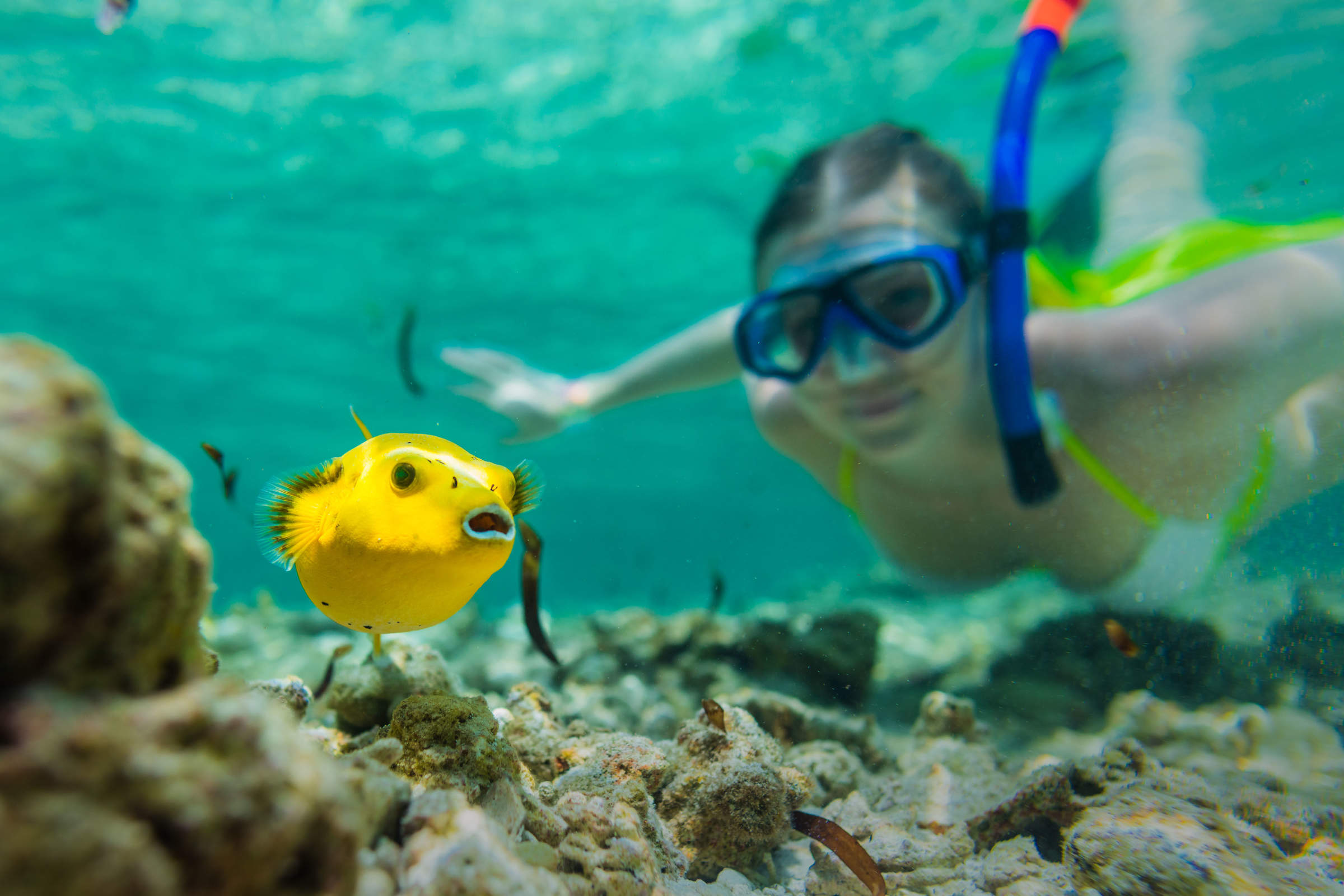
Diving & snorkelling
Find captivating marine life beneath the waves
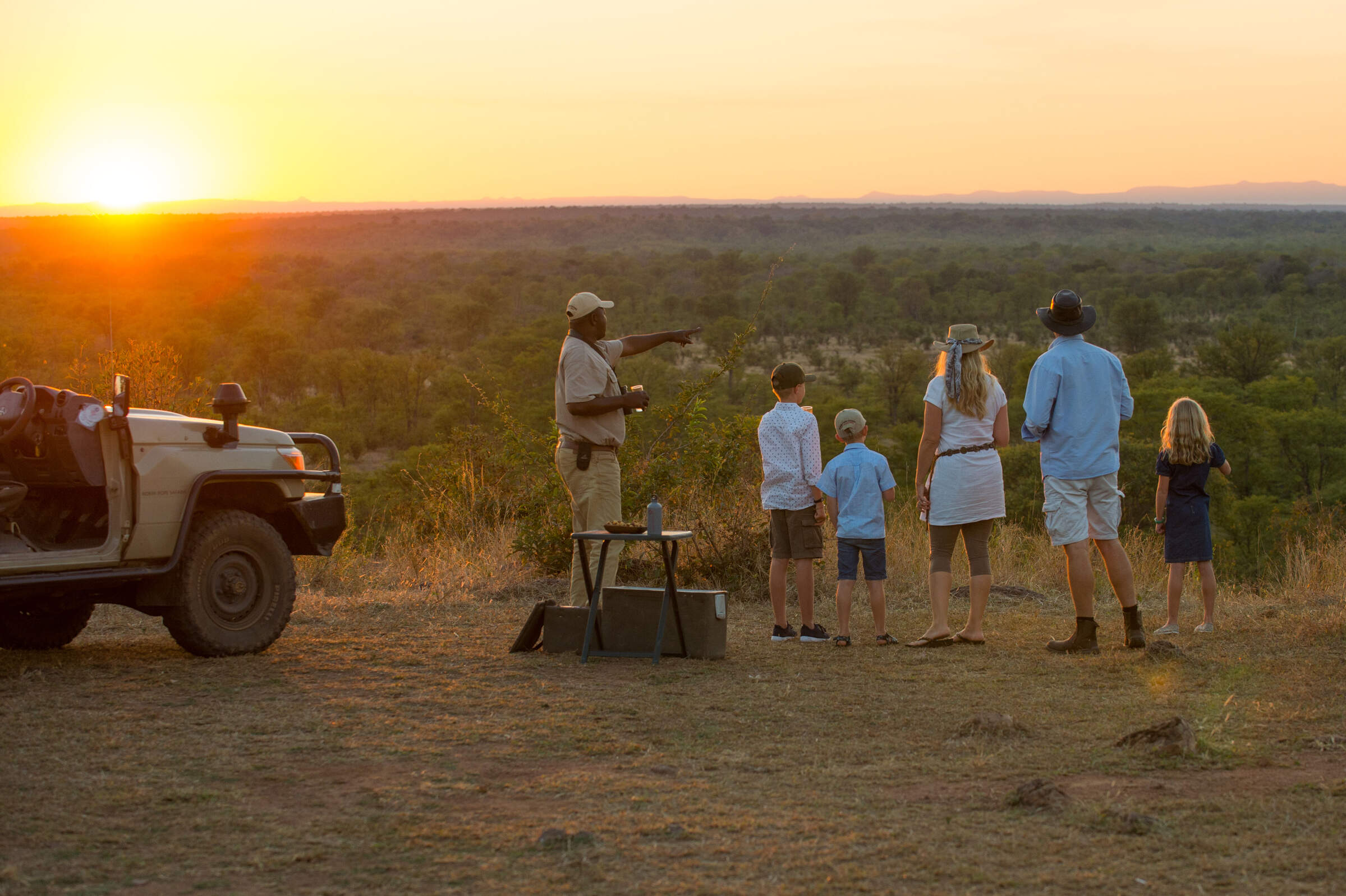
Family holidays
Our collection of incredible family safaris
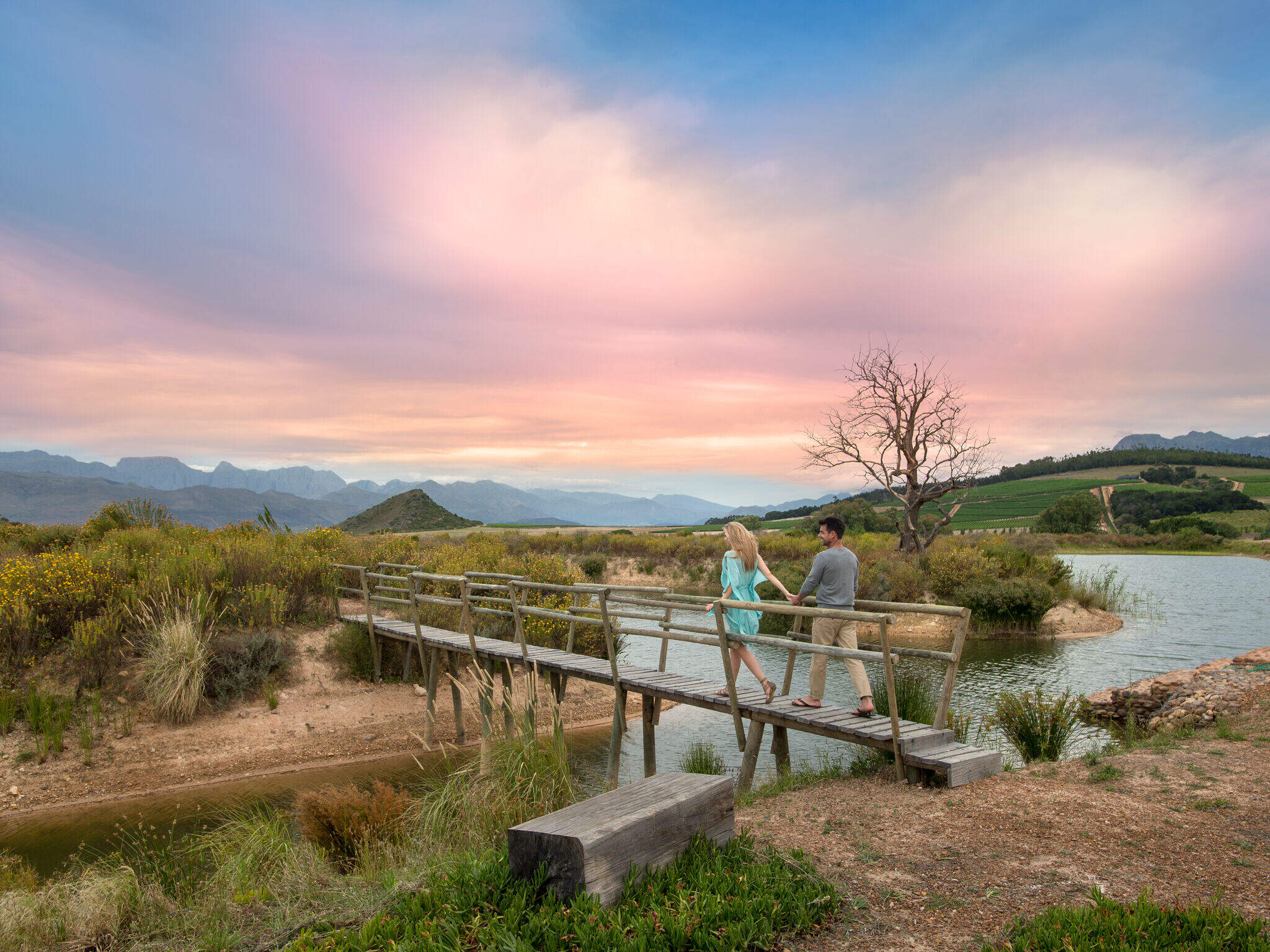
Honeymoons
Romantic safaris and castaway island retreats.
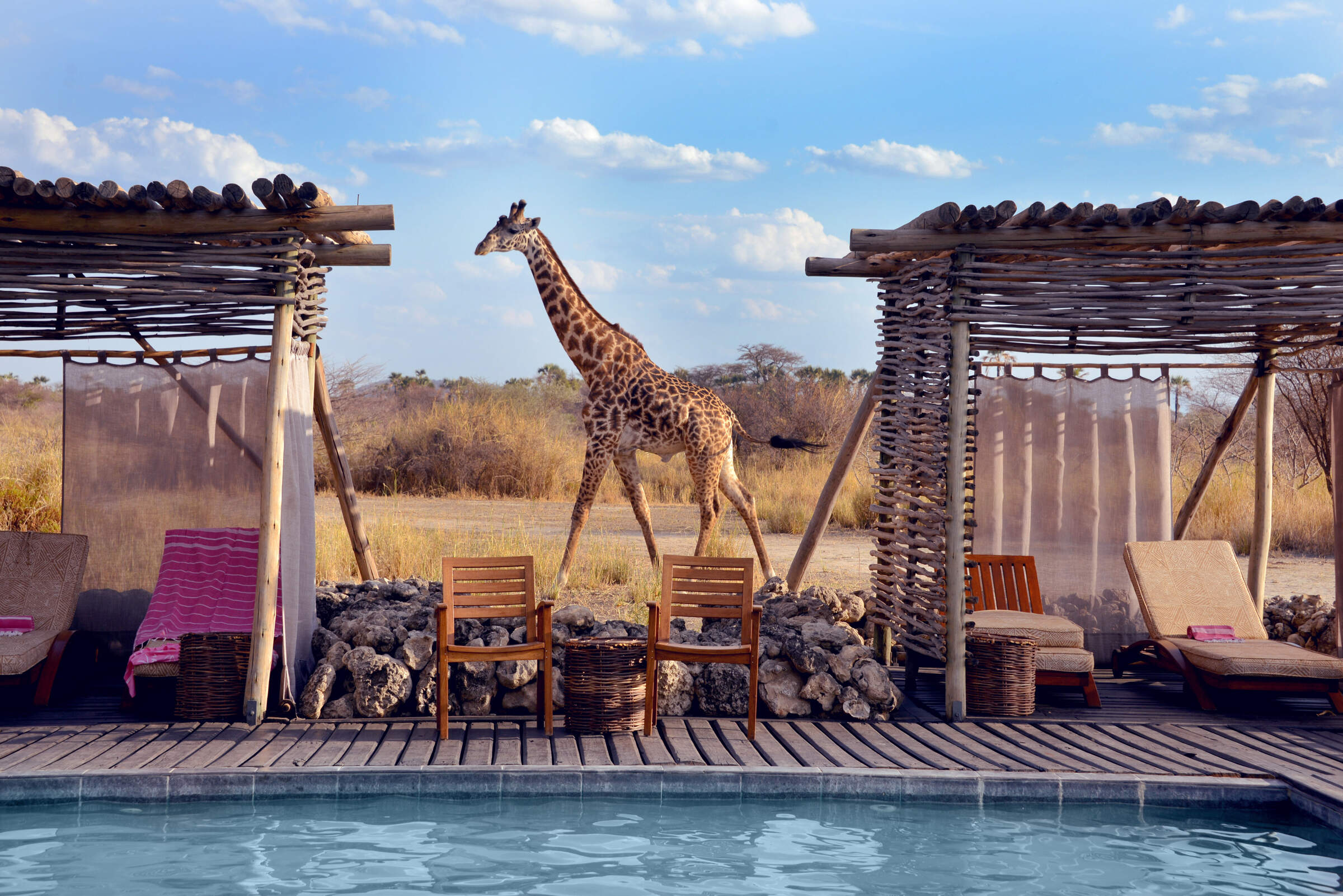
Luxury
First-class service, scenic vistas and unparalleled comfort await you during these carefully selected luxury holidays.
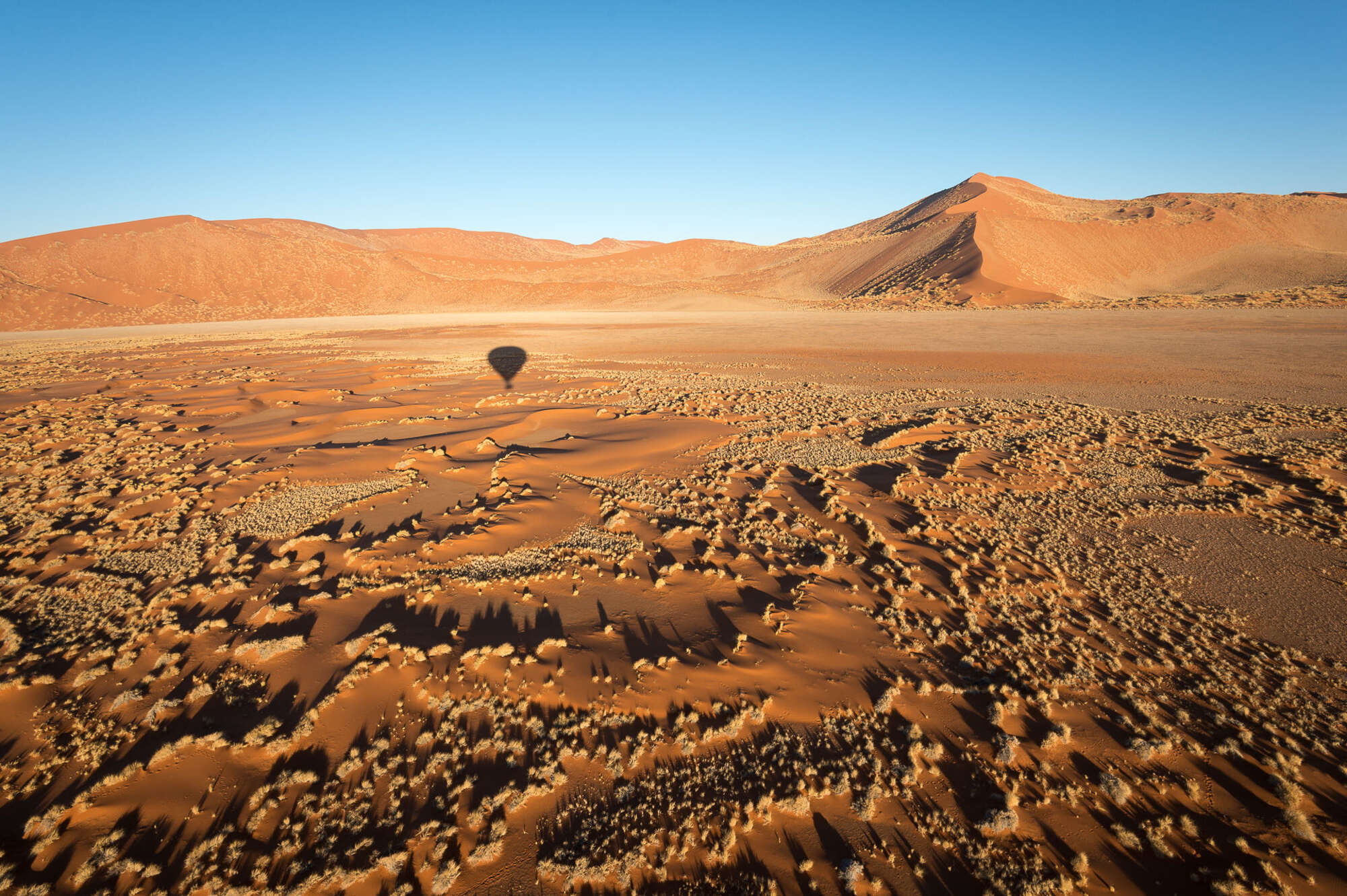
Photography holidays
Great holidays to suit the keen photographer.
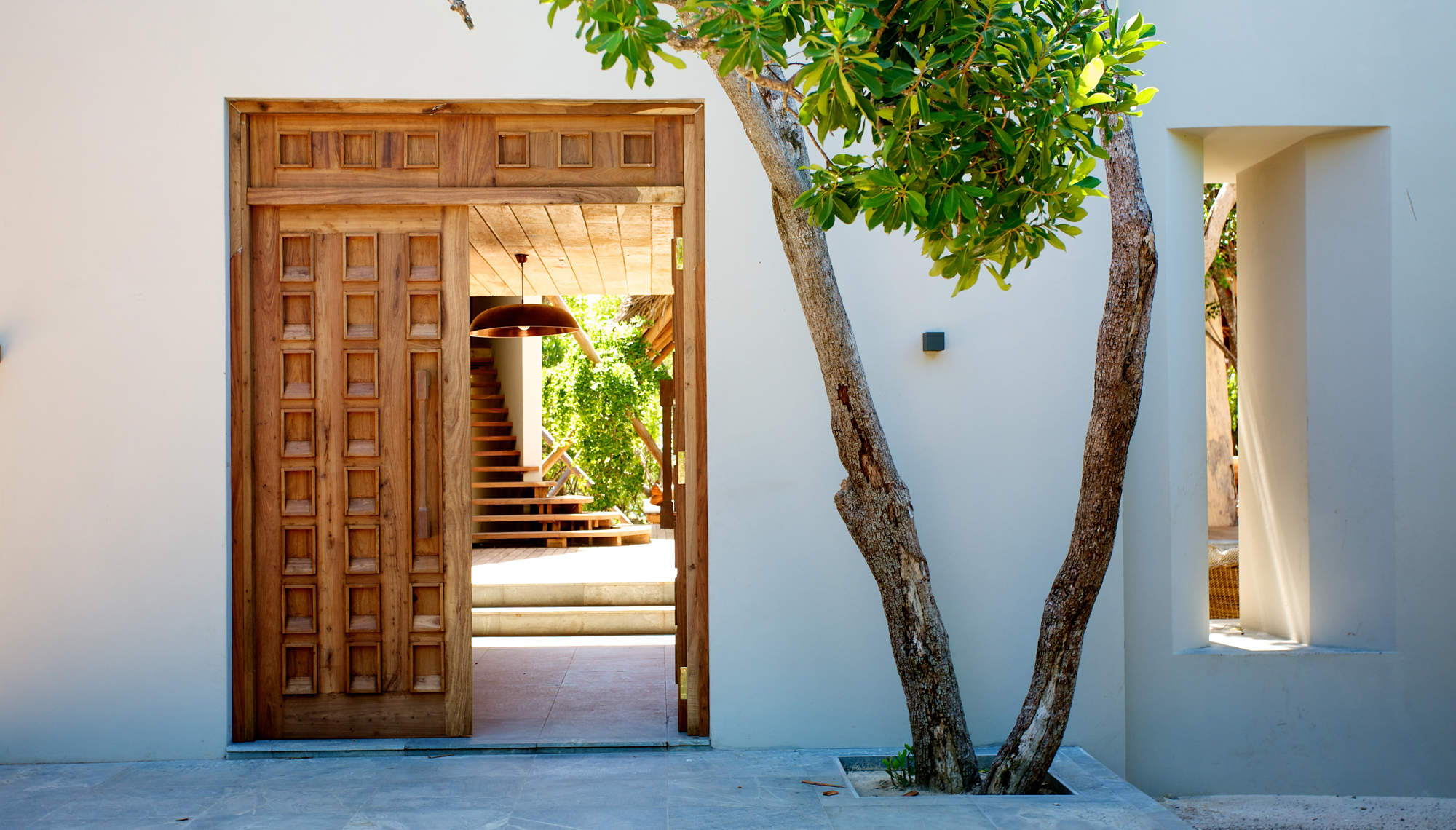
Private villas & houses
Enjoy Africa with just your friends & family
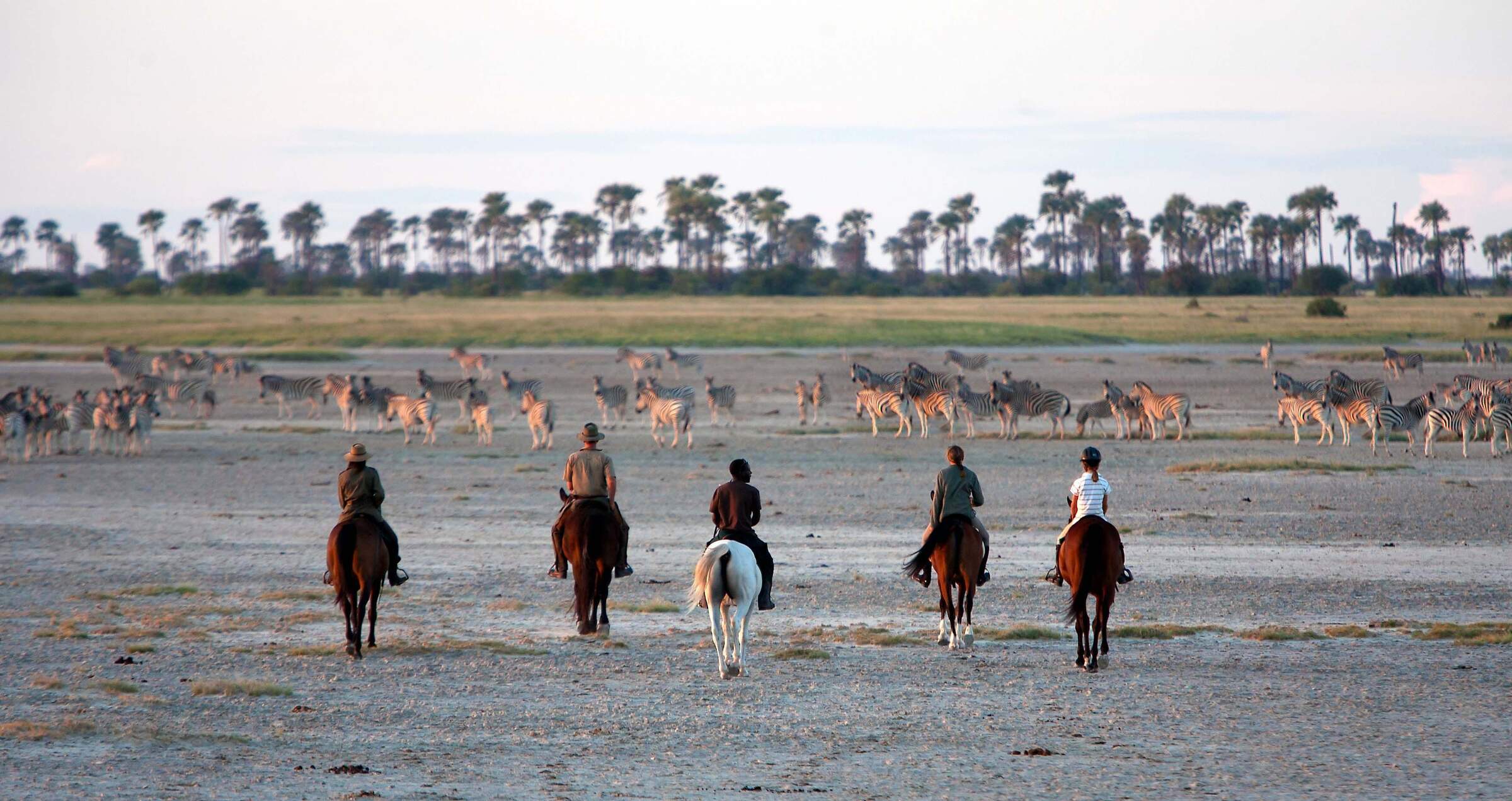
Riding holidays
Explore Africa's wilderness on horseback.
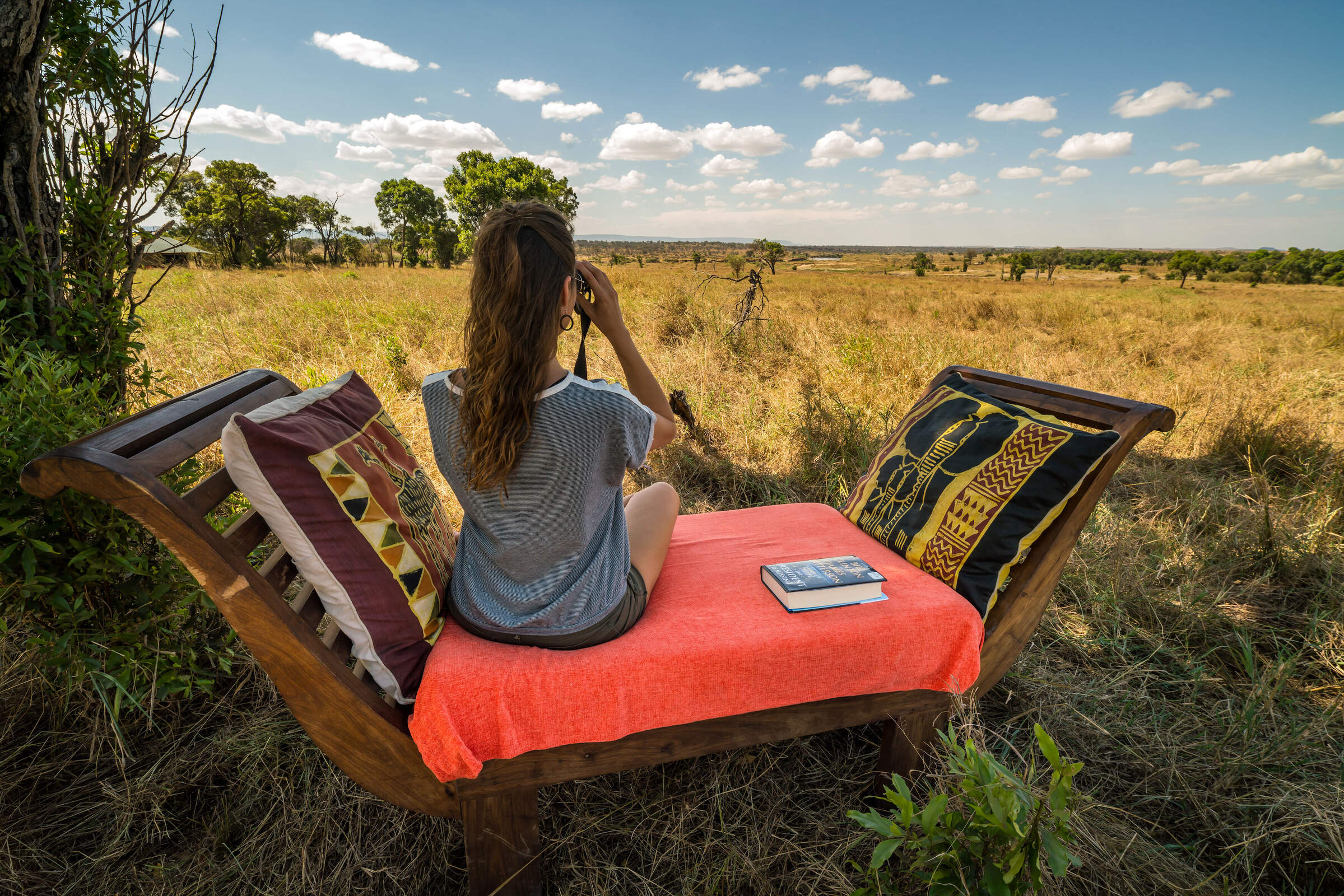
Solo Travel
Trip ideas ideally suited for a solo traveller.
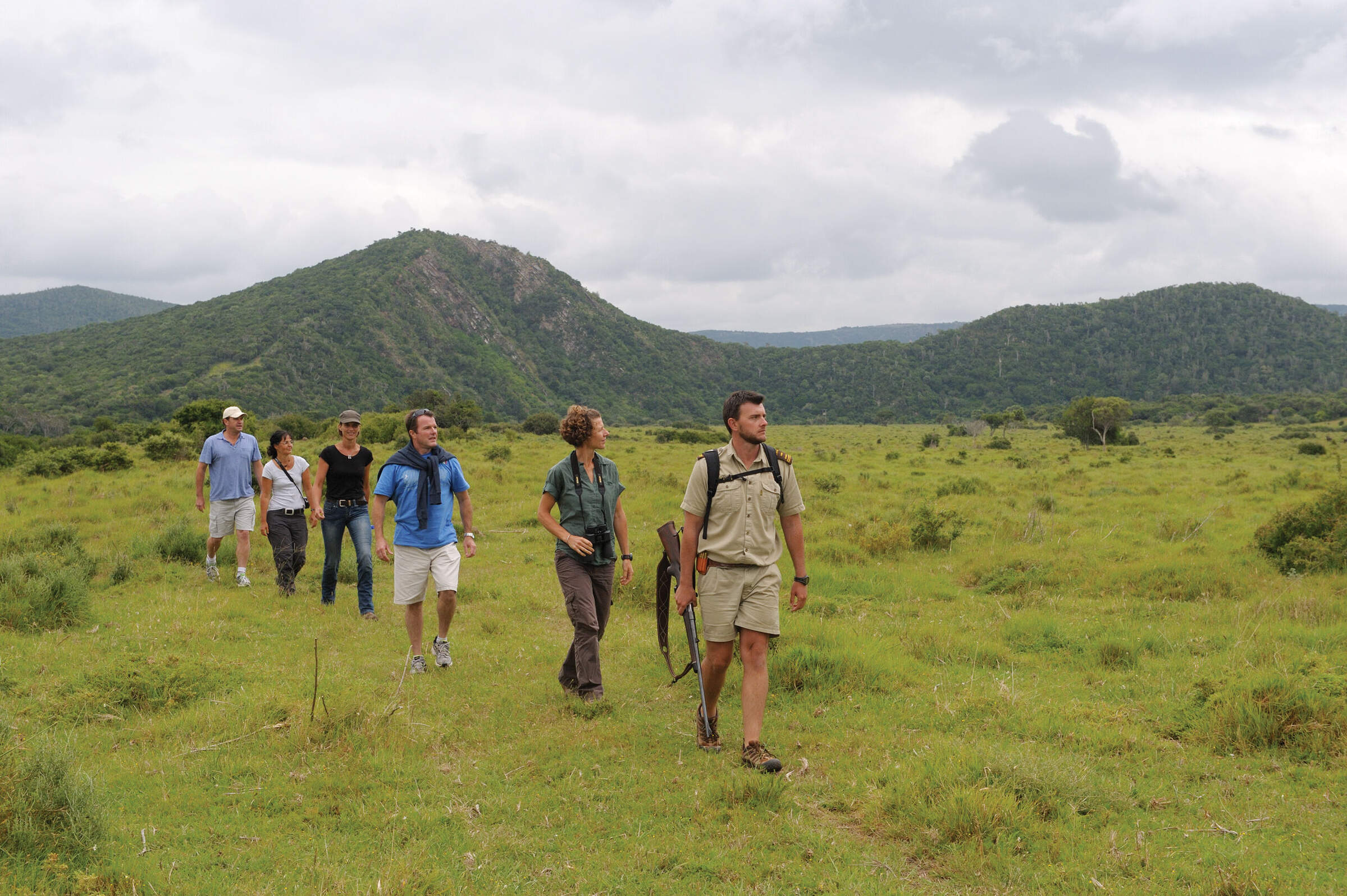
Walking
Explore Africa's most scenic trails on foot.
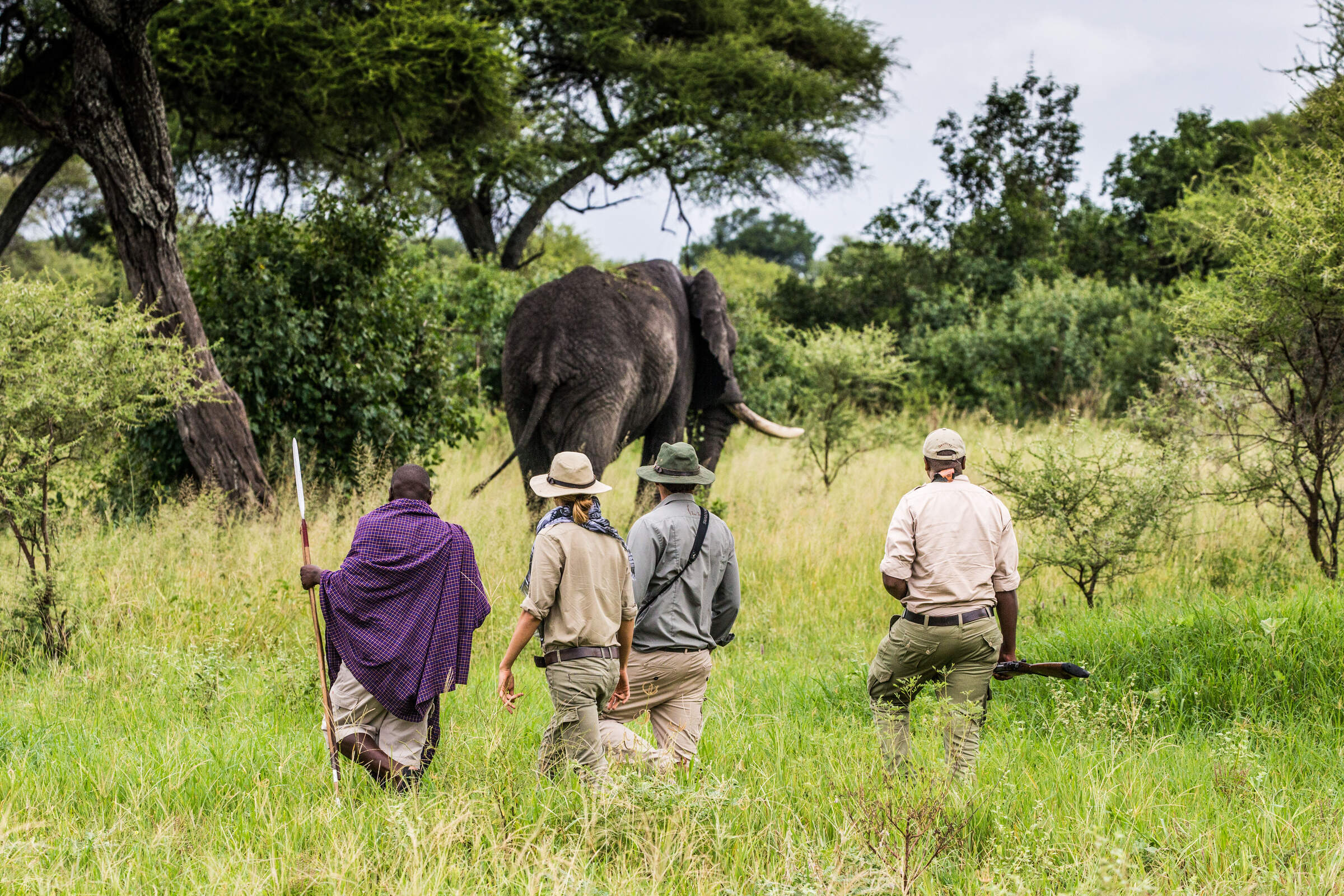
Walking safaris
Explore Africa's untouched wildernesses on foot.
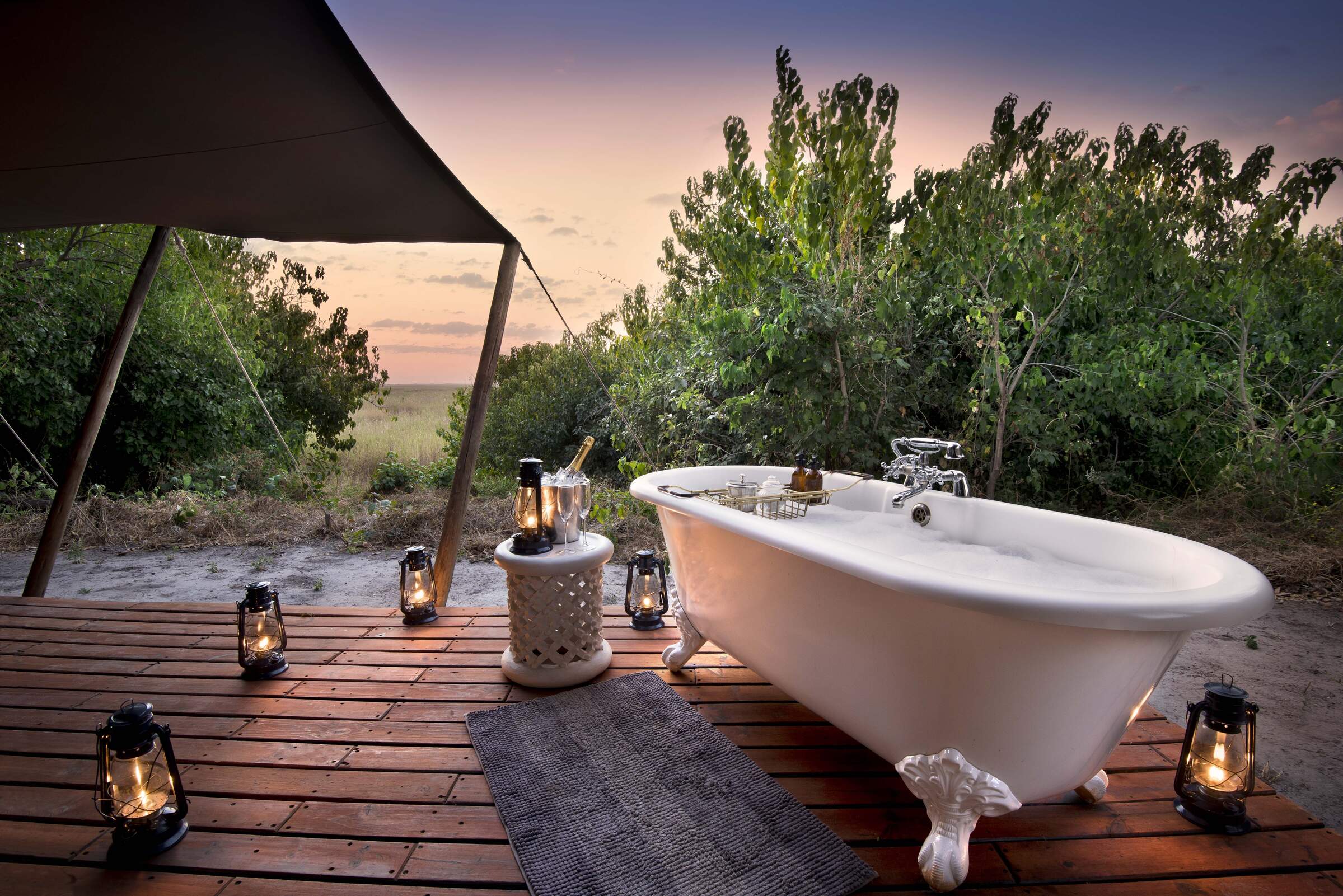
Wellbeing
Wellness escapes in stunning locations
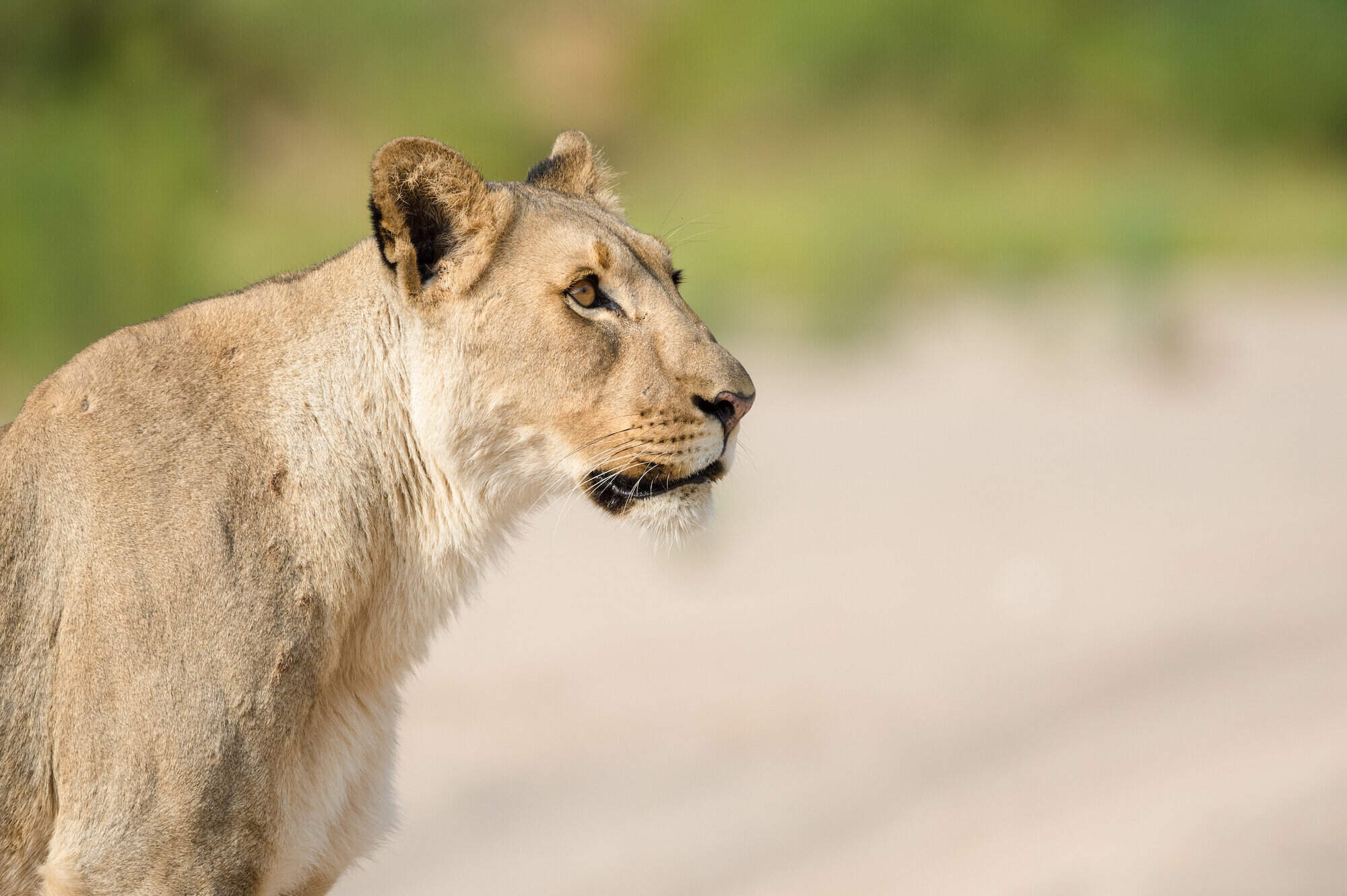
Wildlife safaris
These trips include hard-hitting game and fascinatingly elusive species alike, as well as superb guiding and a variety of diverse ecosystems.






